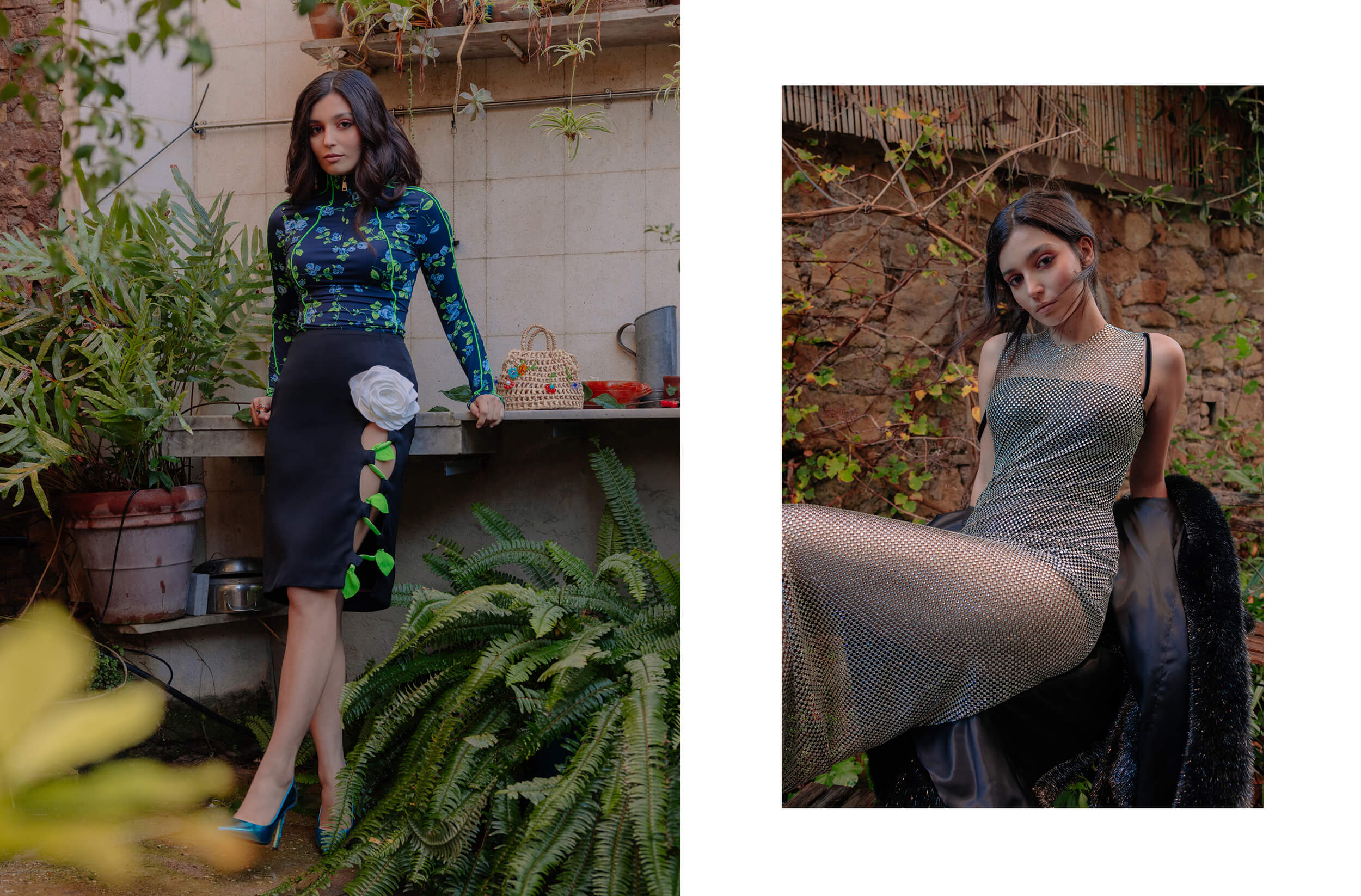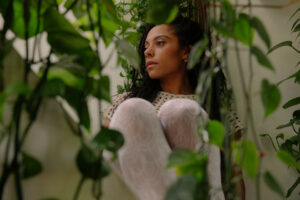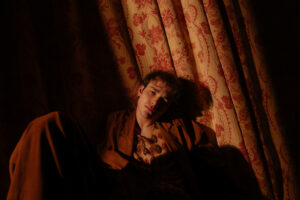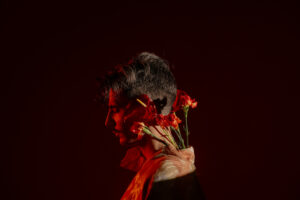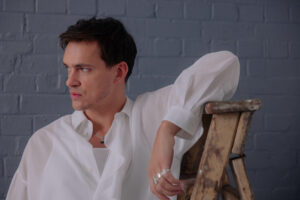Amidst the soft lights of the cinema, the excitement of the big screen, and characters with profound nuances, actress Gaia Girace takes us behind the scenes of her latest film, “Girasoli”, directed by Catrinel Marlon. The film tells the (true, adapted) story of a tumultuous love story within the walls of a psychiatric hospital.
What about starting the year with a journey between past and present? In a long and enjoyable conversation, Gaia, our January Cover Story, shares her involvement in the interesting life of Lucia, a fifteen-year-old schizophrenic undergoing experimental treatments in a mental institution during the 1960s. It was an unprecedented emotional challenge for her to portray such a complex and engaging character, allowing her to delve into the world of madness and impossible love.
From her television debut in “My Brilliant Friend” to the challenges of the series “The Good Mothers”, Gaia guides us through her artistic journey, sharing reflections on the differences between cinema and television, female sensitivity, and the art of portraying suffering. Through her fresh perspective, Gaia offers a new outlook on the meaning of artistic growth and the challenges that come with interpreting touching and engaging stories.
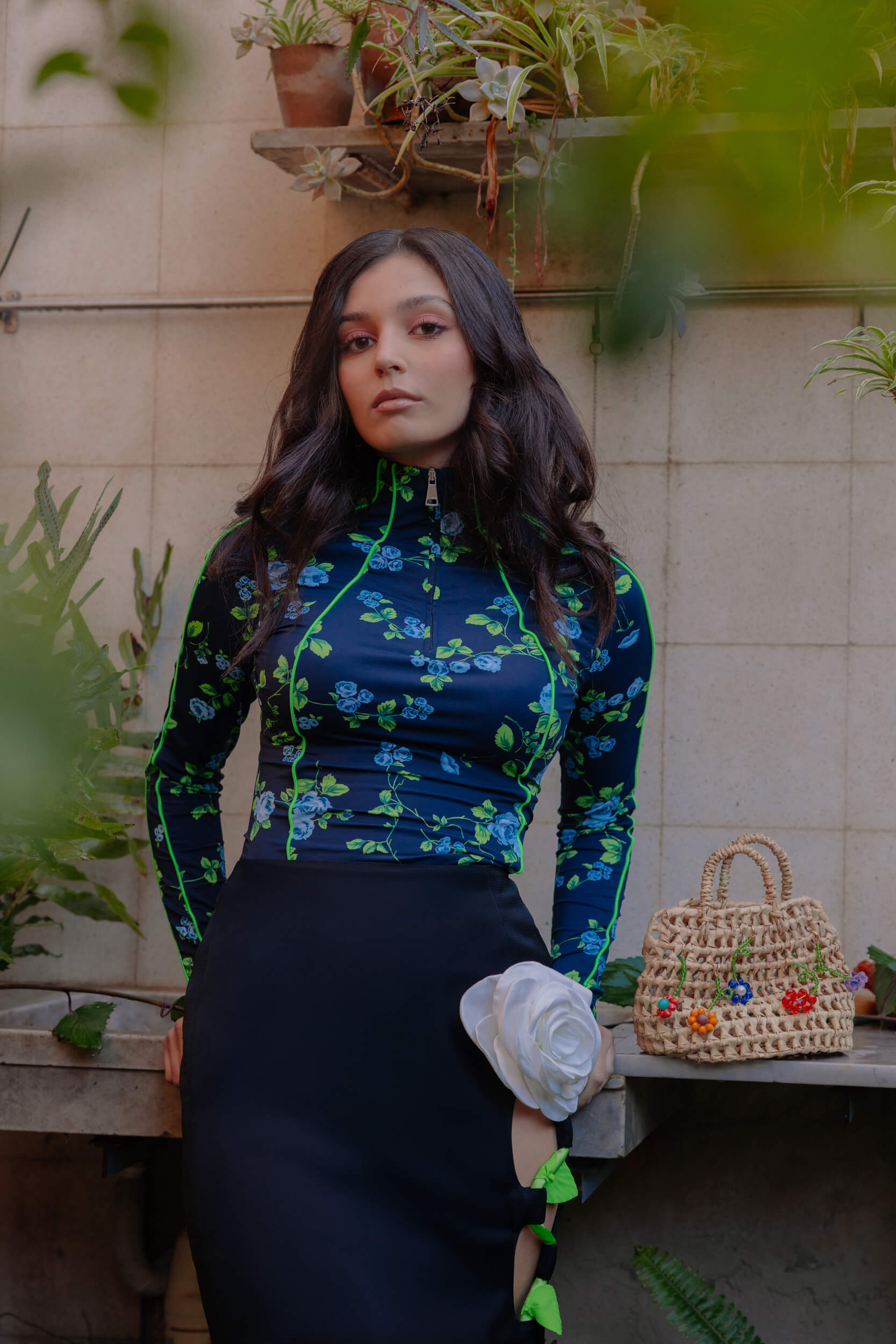
What is your first memory related to cinema?
My first day on set. Because I discovered what it truly meant to make cinema. Before that, of course, I loved acting and wanted to enter that world, but only when I started working did I understand what it meant. It was destabilizing because I realized there was a lot of work and effort, strict deadlines to meet, and one had to be always prepared. For a moment, I wondered if I was doing the right thing… But once accustomed, I realized that the set was a place where I felt good, so I ended up loving it.
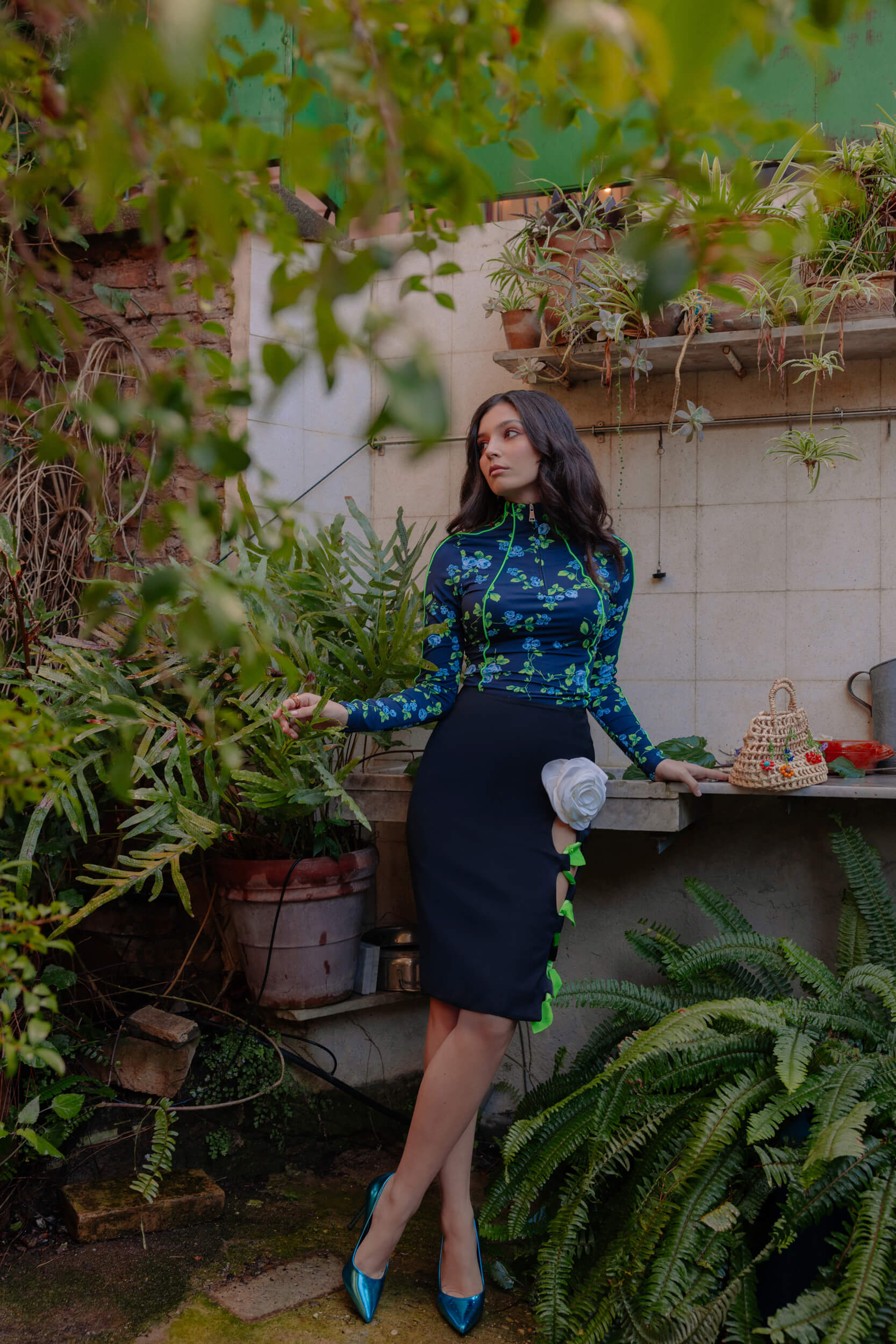
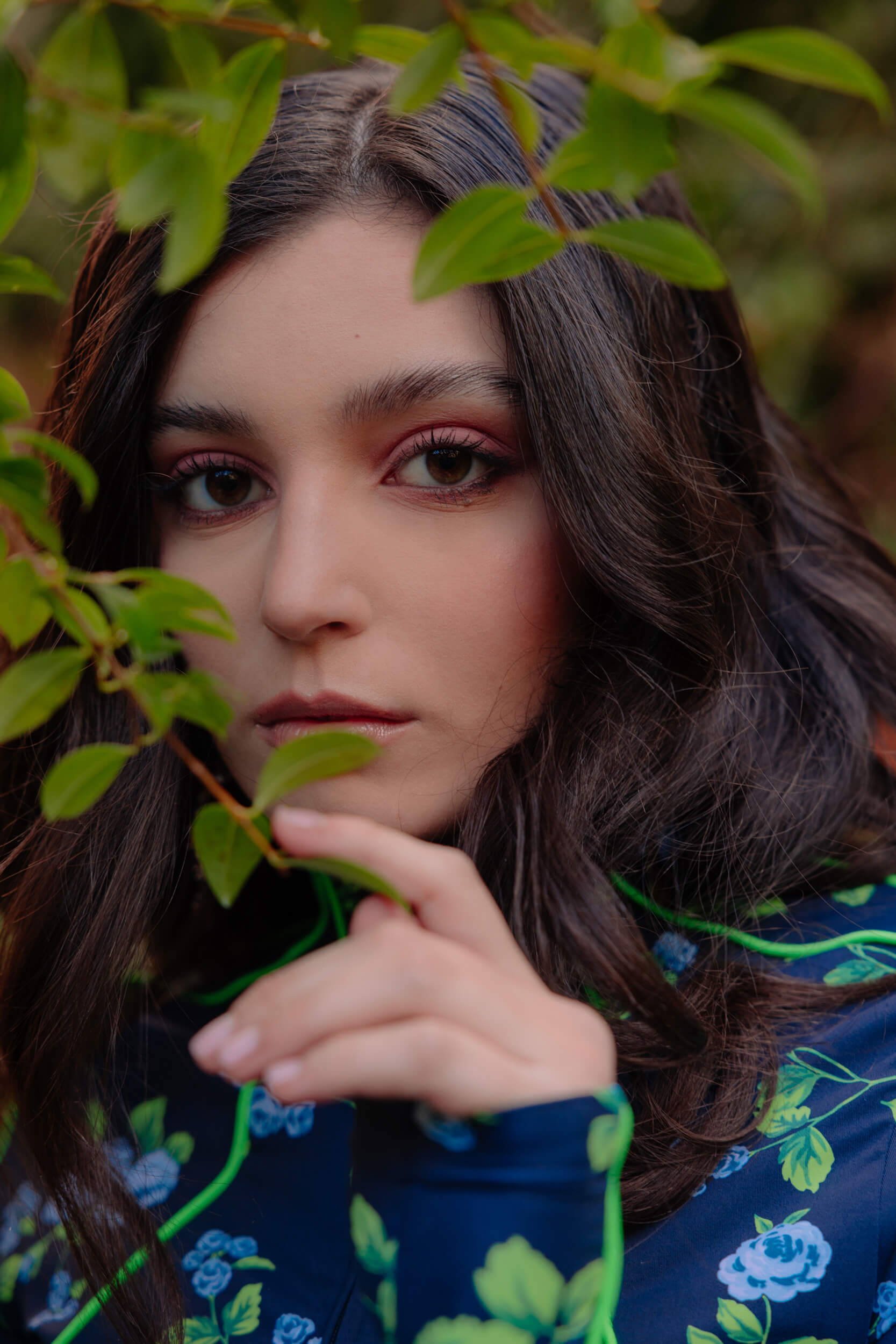
Now you are the protagonist of the film “Girasoli,” Catrinel Marlon’s directorial debut: a film that addresses profound, important, delicate themes – madness and impossible love. What was your reaction when you read the script for the first time? Was there a scene or a moment that particularly struck you?
As soon as I read the script, I immediately thought it was a great opportunity to challenge myself because my character was really difficult and different from me. I knew I would have to study a lot because I didn’t just have to portray a character, but I had to analyze the historical context, study the pathologies, and do a deep exploration of the body to represent the lives of the young people who were confined there in the psychiatric facility, which is completely foreign to what we experience. Certainly, the end of the story shocked me. Even on set, there was this scene we had to shoot, me and the doctor, with a tub full of sand, which they explained was a technique used a lot at the time. Through the drawings of the young patients on the sand, it was understood whether they had been violated, if they had suffered various types of abuse; this really shocked me.
How did you prepare to play the role of Lucia, a fifteen-year-old schizophrenic undergoing experimental treatments in a mental institution in the 1960s?
I studied a lot, but unfortunately, I didn’t speak or meet anyone. I worked a lot on the gaze, to reproduce that typical “lost look” of the young people who were filled with medication to the point that even if they weren’t crazy, somehow, they became inside there. I studied to create a certain ambiguity in the character so that until the end, it was never clear if she was mad or not. I was inspired by many films on the subject to accurately reproduce gestures that could express the distress of this girl. The most extensive research I did was on “tarantism”.
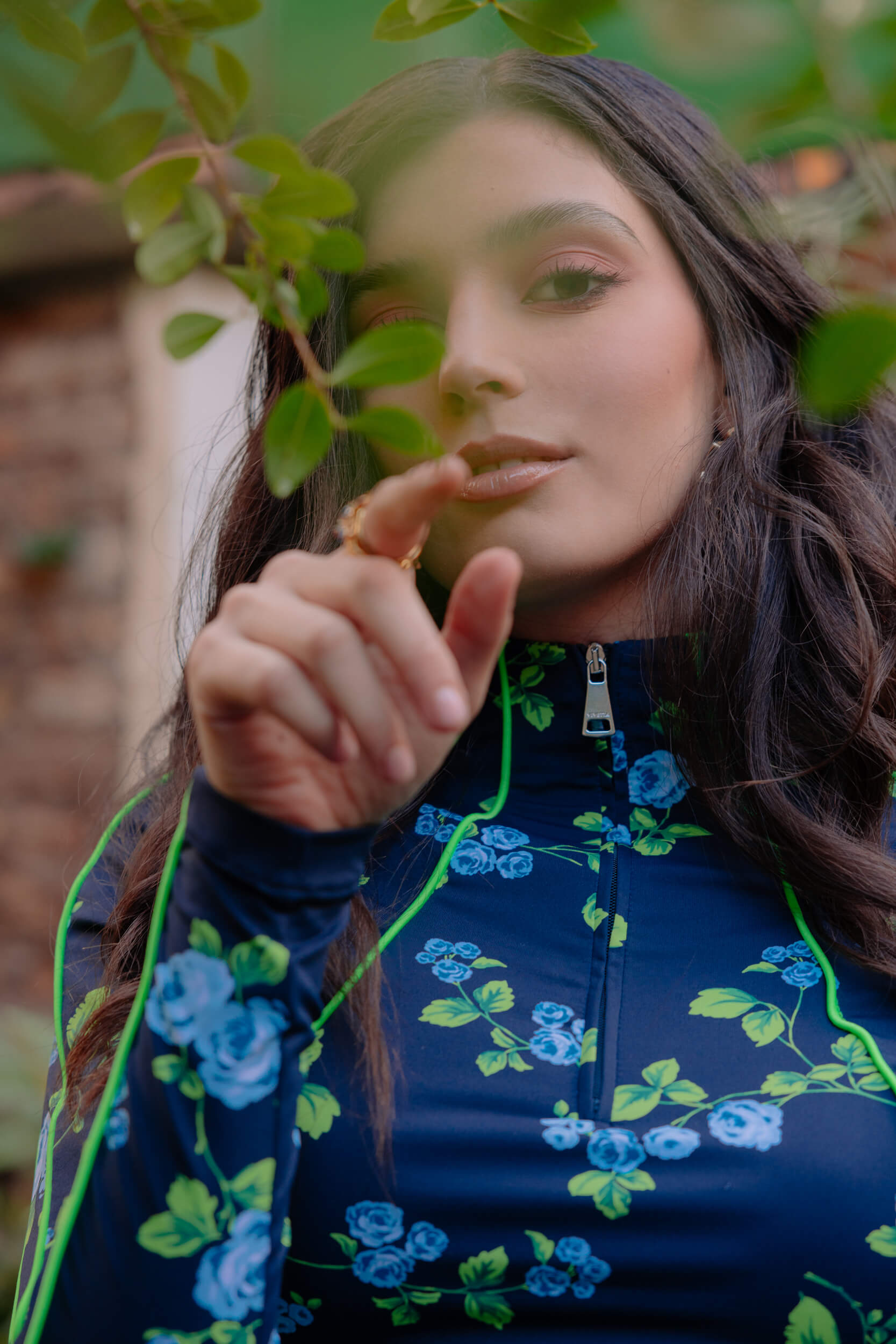
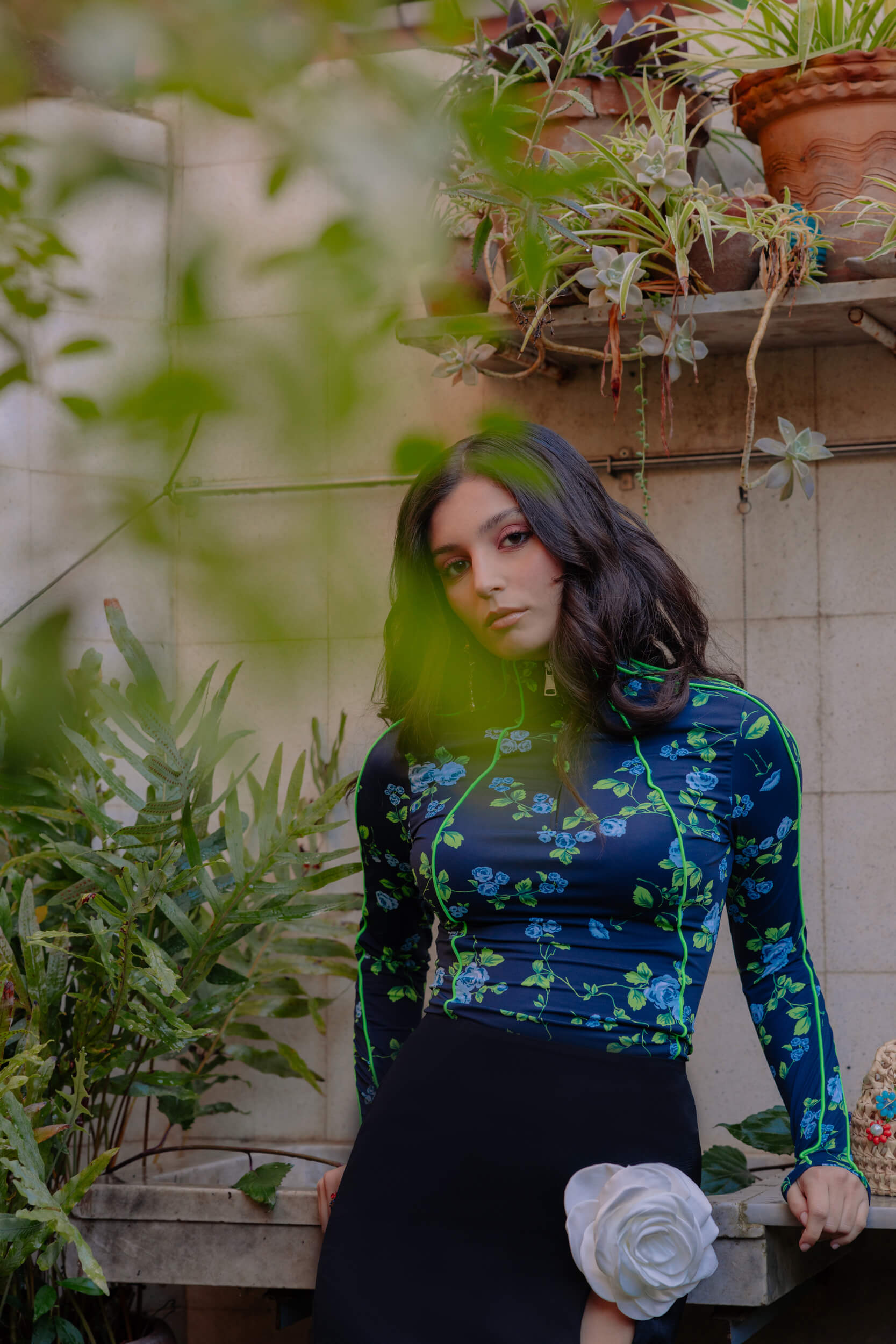
Your character establishes a “special bond” with the young nurse Anna. Can you talk about the dynamics between the two characters and how you worked to create this connection?
I tried to consider Anna as Lucia’s glimmer of light, who lives in total darkness and only through Anna manages to discover emotions. Since she meets Anna, she starts talking, smiling, dancing, doing things she had never done before, and experiencing things she had never experienced because she had been locked in the mental institution since she was a girl. I tried to represent pure emotions and convey the idea that a person can really save your life or make it better. We had preliminary meetings with Mariarosaria [Mingione] and the director to create harmony between us, to get to know each other better.
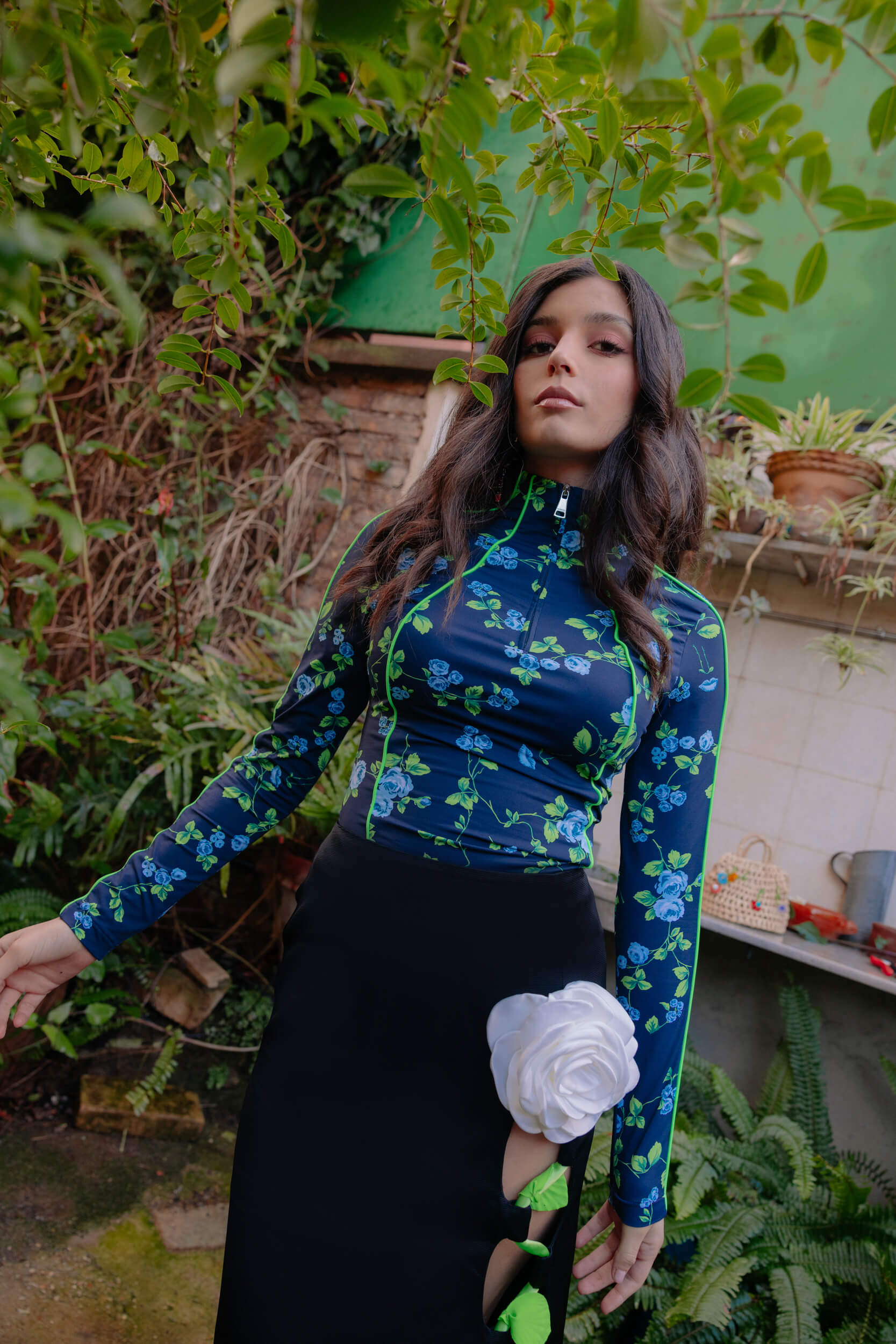
“I tried to represent pure emotions and convey the idea that a person can really save your life or make it better”.
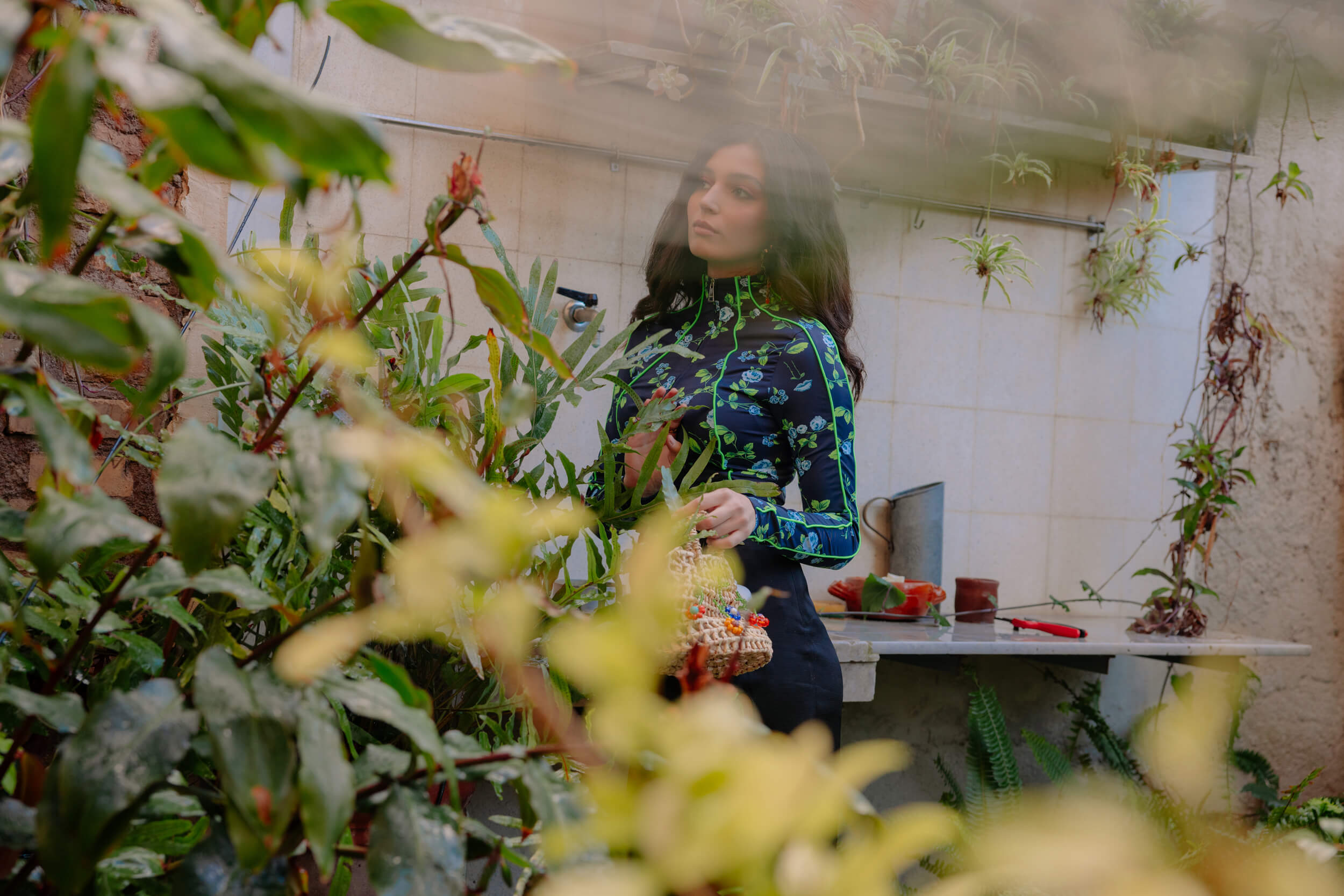
“Girasoli” is inspired by a true story that closely affected the director and her family. How did you try to bring authenticity to your character, considering the real story behind the film?
It was very difficult precisely because it was a true story and a project that both the director and the screenwriter really cared about: they wanted to depict and tell this story as they had imagined it. Unfortunately, it is not always possible to achieve this, sometimes due to cinematic needs, so it was complicated to find a balance between what I studied and thought could be right and what they desired. Working together, however, we tried to create harmony because it was a true story that had to be treated with respect and tact.
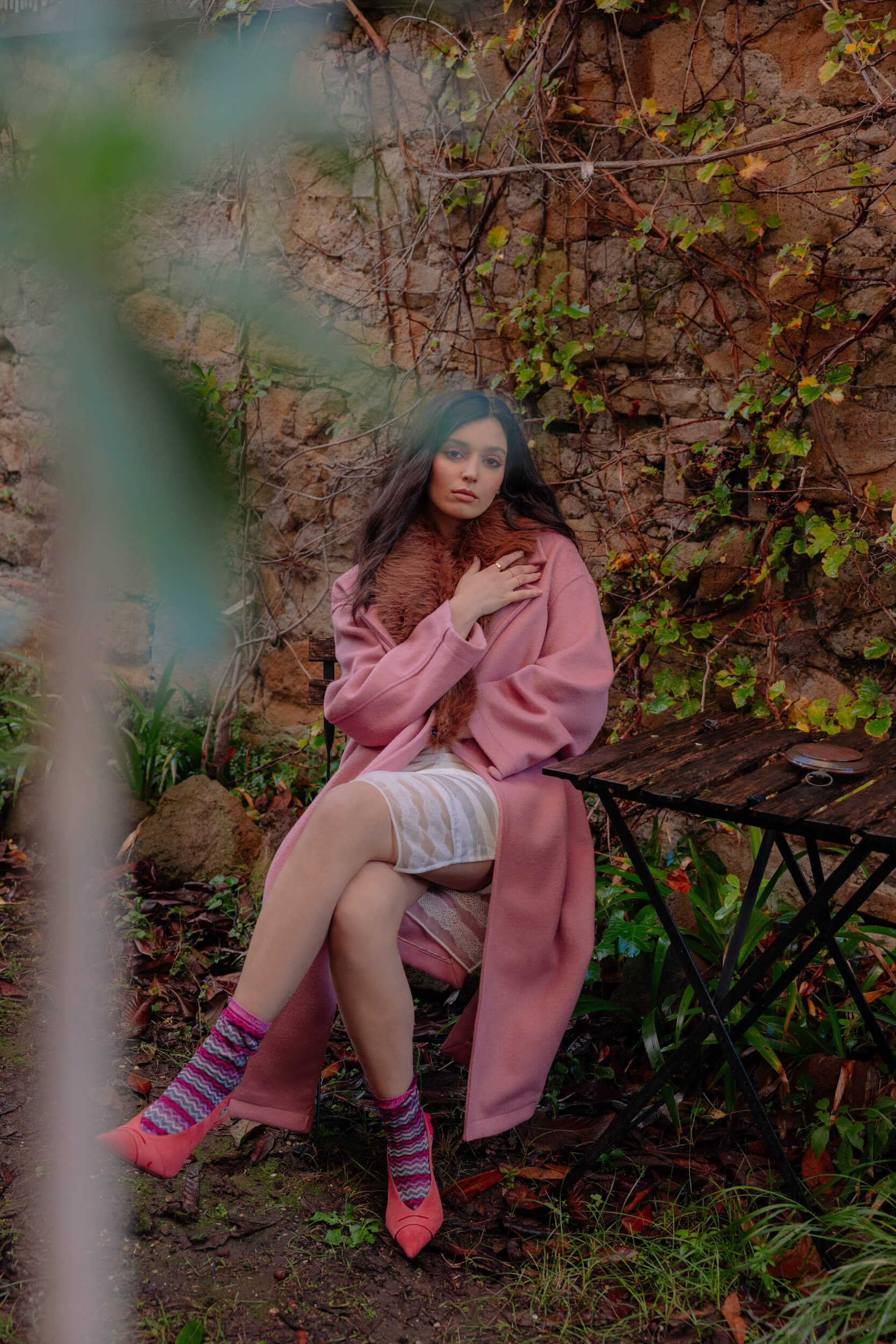
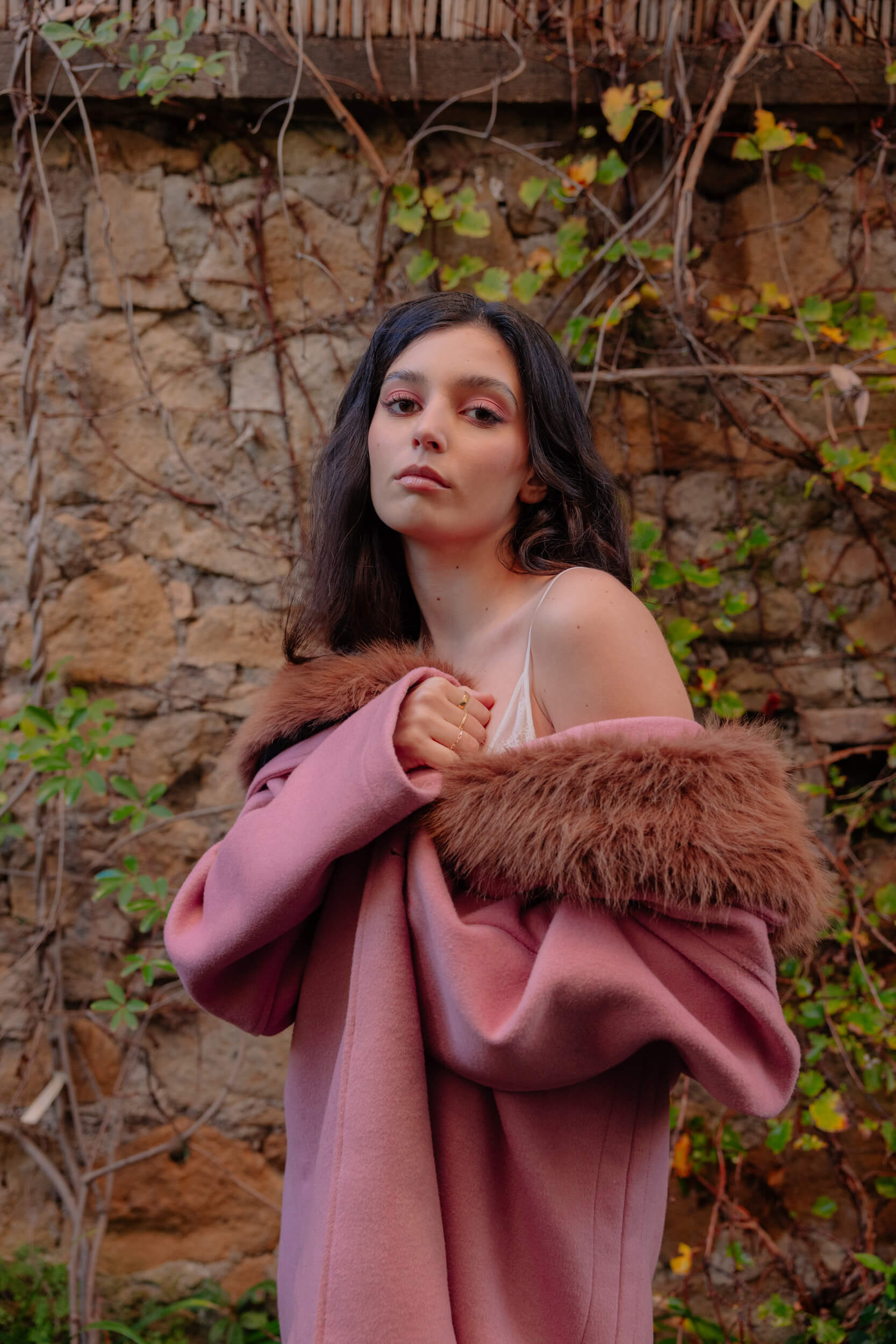
Your role in “Girasoli” must have carried a significant emotional burden, a “weight” that I imagine you carried even after the end of filming. How did you manage the emotional challenge of portraying such a complex and engaging character?
In general, all stories involving children trigger a particular sensitivity in me. Even before this project was presented to me, when I happened to see videos or read news about child asylums and how children were treated, I felt a sense of anguish, a lack of breath. So, shooting this film was obviously heavy; I tried to focus on my character and not think too much all the time. So far, I have always played tough characters, true stories, and if I let myself get involved in all of this every time, I wouldn’t come out of it. Being very empathetic, I have to try to put everything aside and focus on what I have to do.
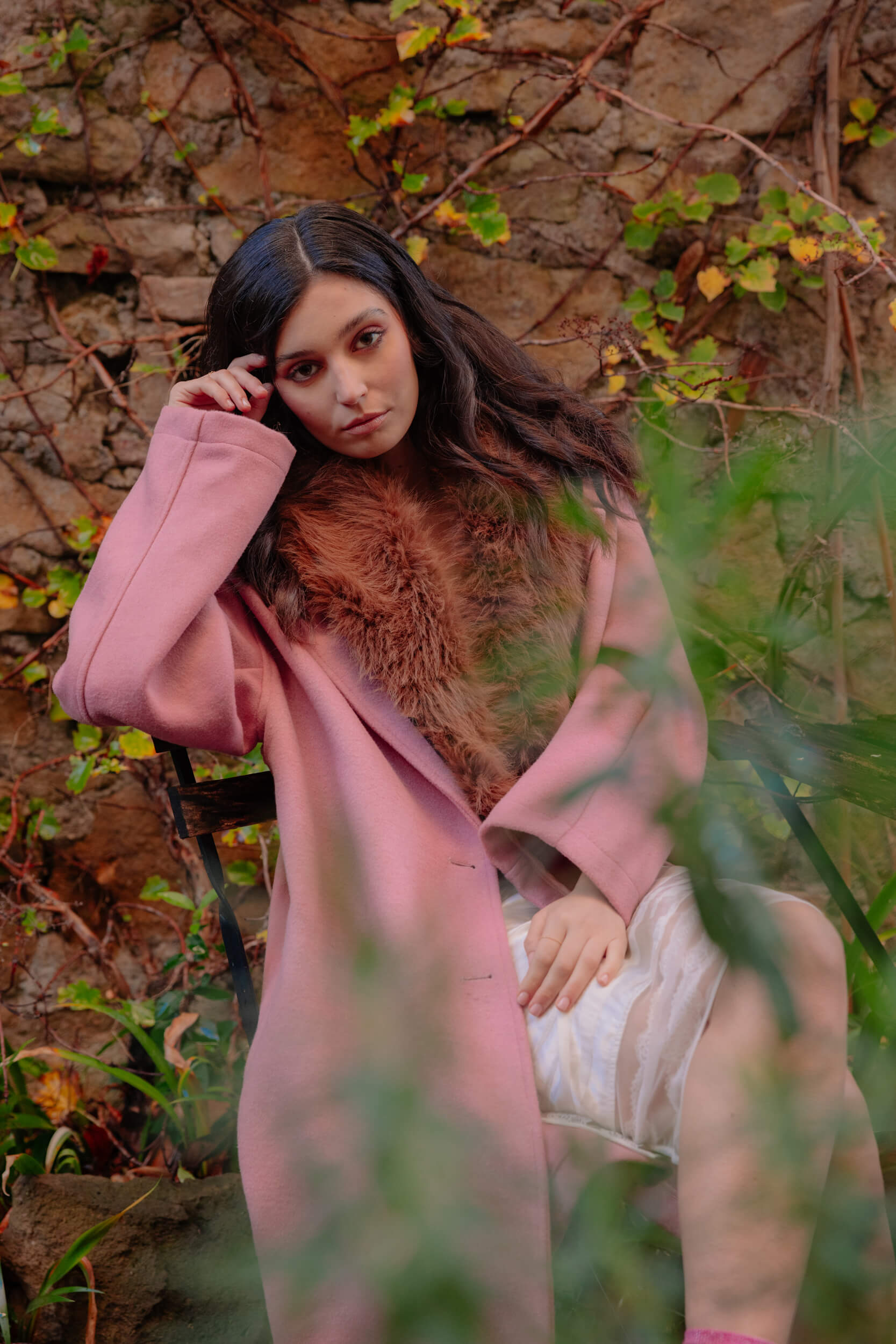
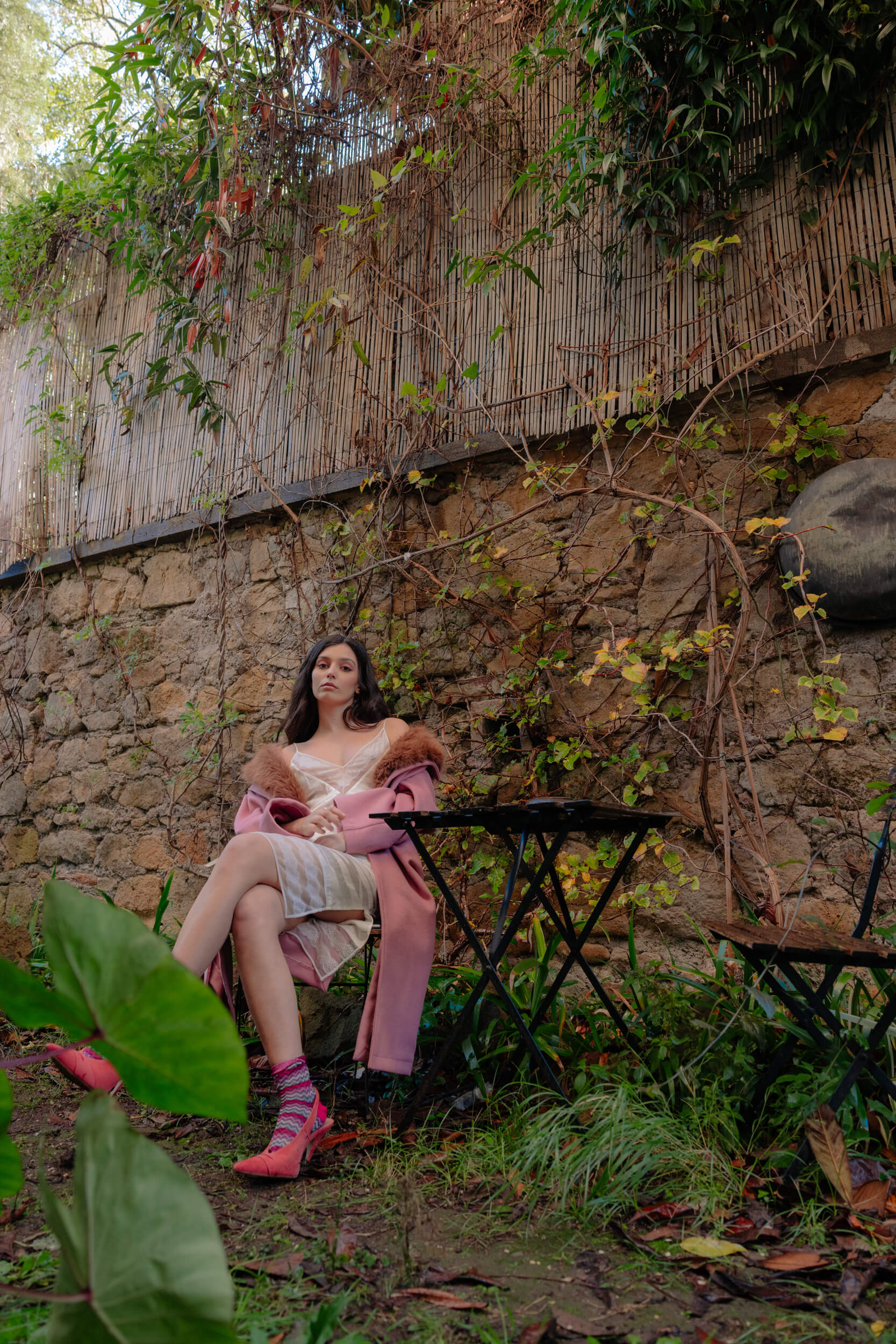
“So far, I have always played tough characters, true stories, and if I let myself get involved in all of this every time, I wouldn’t come out of it.”
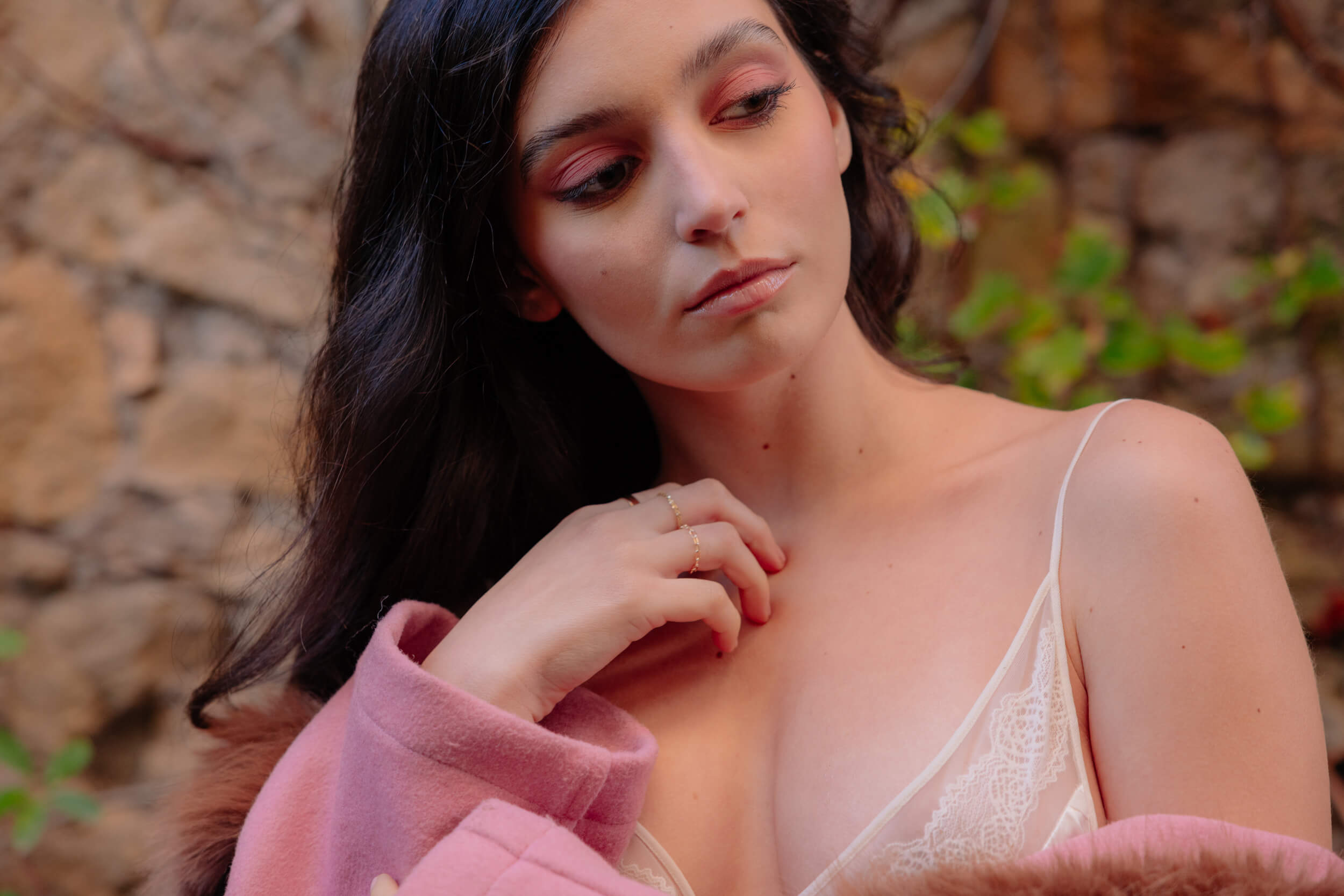
After your television experiences with “My Brilliant Friend” and “The Good Mothers,” how was it to tackle your first major role in a feature film? Are there significant differences in your approach to acting between film and television?
In my opinion, the main difference is the “brevity” of the feature film. In a series, you have the opportunity to show the development of your character, to tell the story better, considering that a season lasts several episodes and there can be multiple seasons of a series. A film, on the other hand, implies a limited time, so you have to make the most of all the scenes you have. From that point of view, I committed myself a lot because there won’t be second episodes where I can show a new part of my character or do better, so I put in greater concentration.
Making a film for the first time was special; I can’t exactly explain why, but it’s a bit the excitement of being on the big screen.
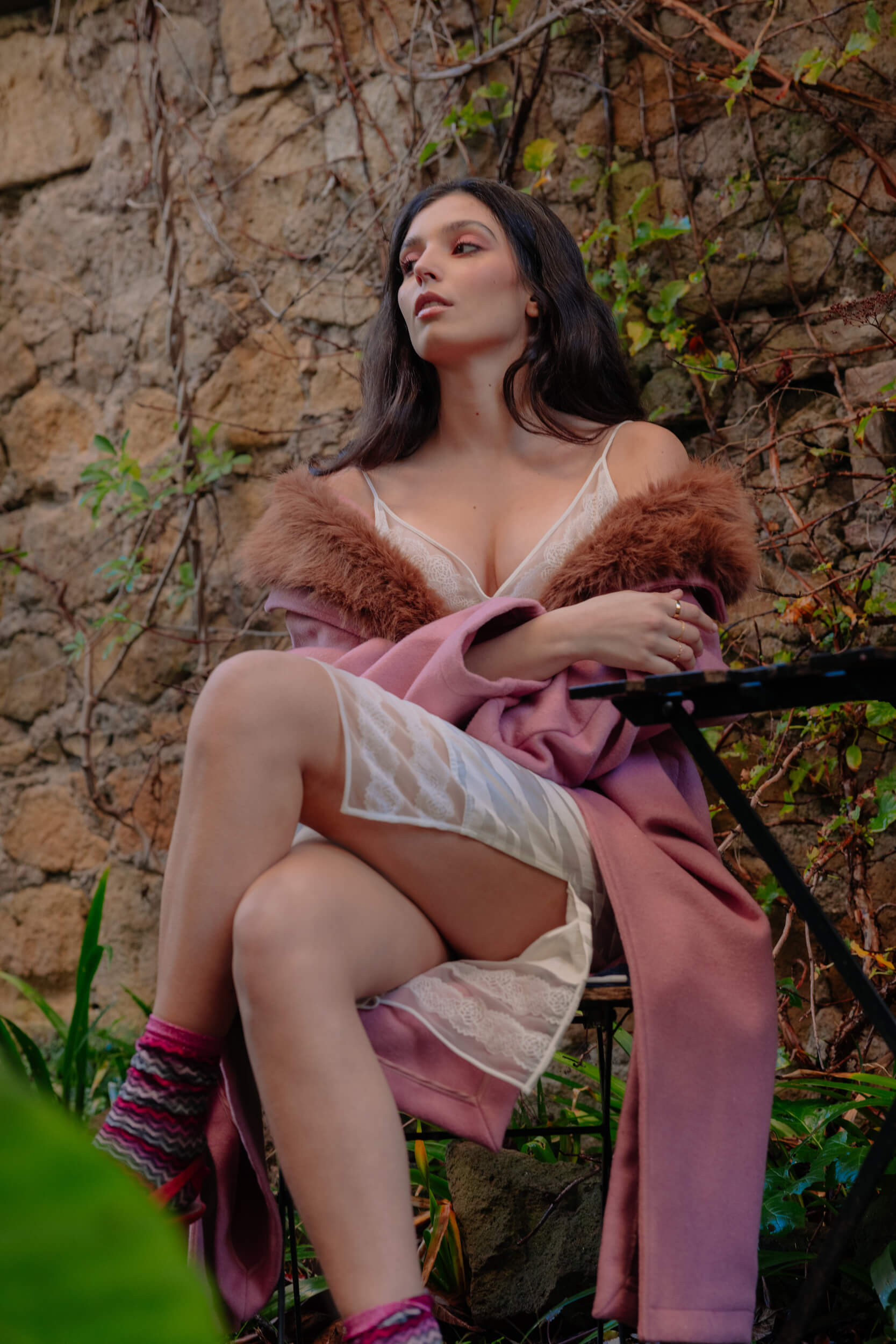
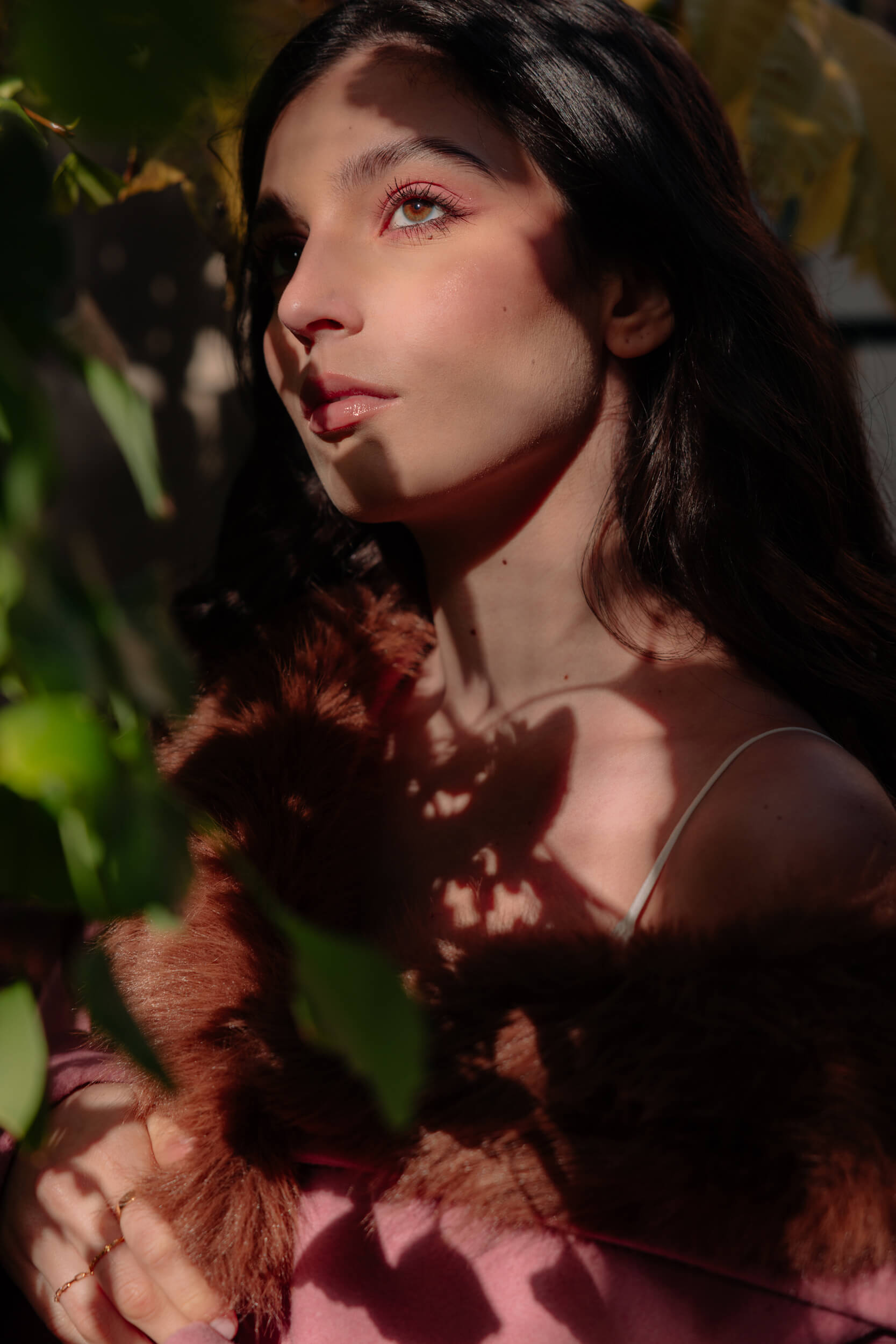
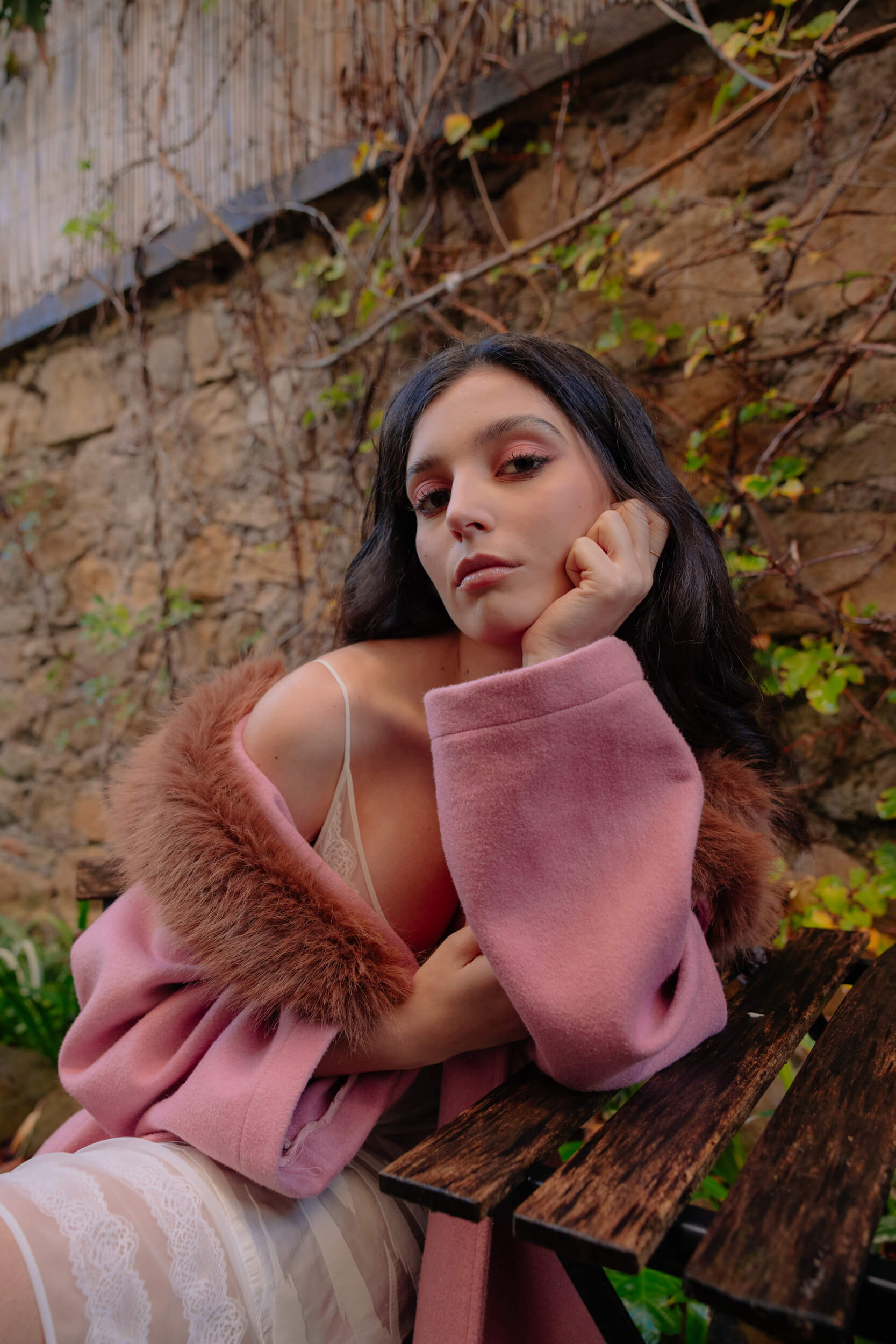
How would you describe your involvement in the story of “Girasoli,” and what do you find fascinating about your character or the story you are portraying in general?
In general, I find it fascinating that it is a female story, written by women; this initial sensitivity involved me, as well as the fact that it is a true story. I think the most beautiful part is that everything started when the director went to a library and found a letter, a testimony of the love story between Lucia and Anna that took place in the nineteenth century and was transposed a few decades later in the film. It’s beautiful to imagine that such a story really happened.
“The Good Mothers,” on the other hand, deals with themes related to organized crime. What approach have you learned, over these past few years, to adopt when playing characters involved in stories based on crime and violence, as in “My Brilliant Friend” as well?
I have learned to face and tell suffering. Violence, in general, triggers a pain inside you that no matter how much you move forward, remains something that you will carry forever because violence marks you, whether physical or psychological. I wanted to represent the suffering of these women that never leaves them, day after day, women who struggle not to be worn out in a context that is difficult to escape from.
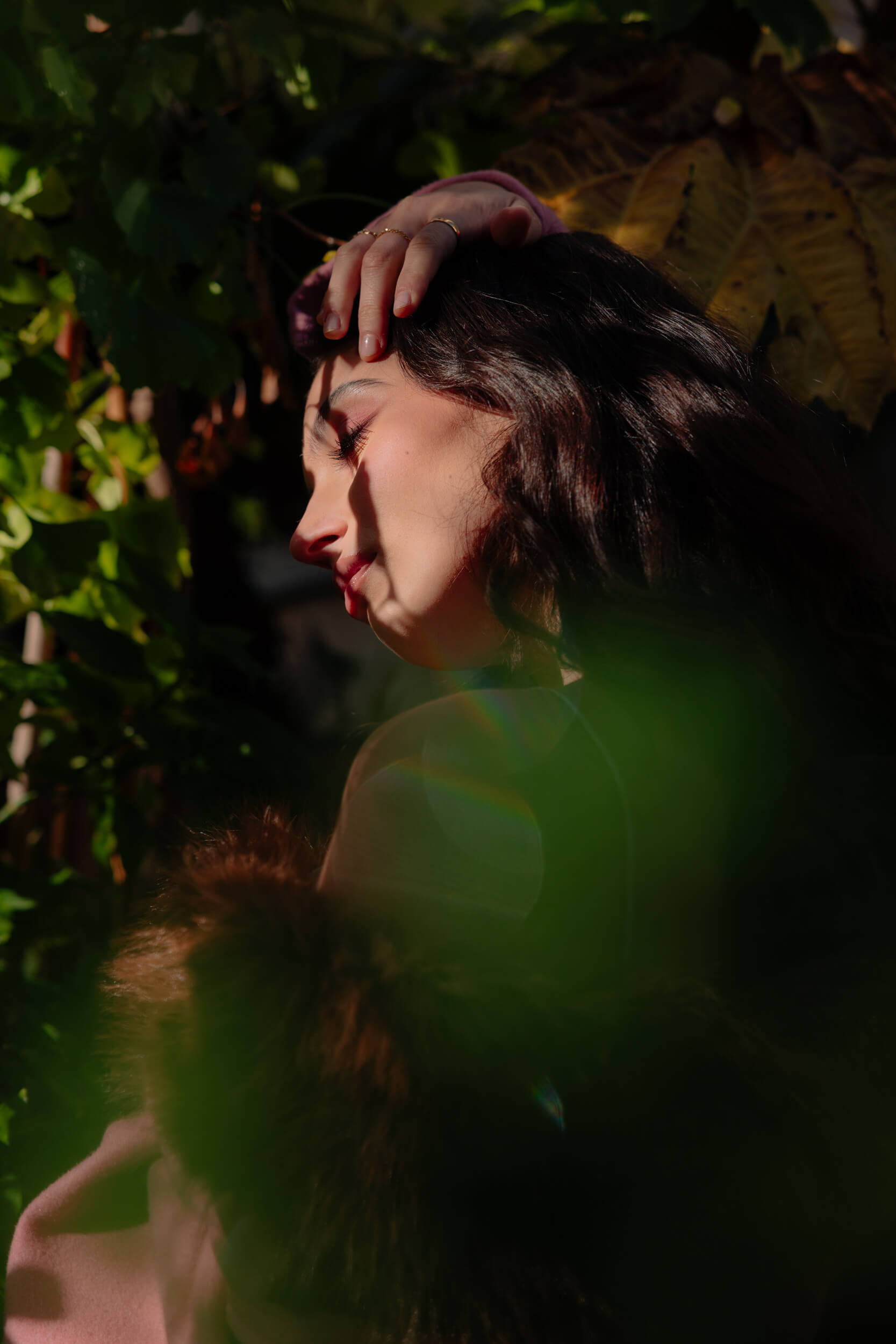
“Women who struggle not to be worn out”
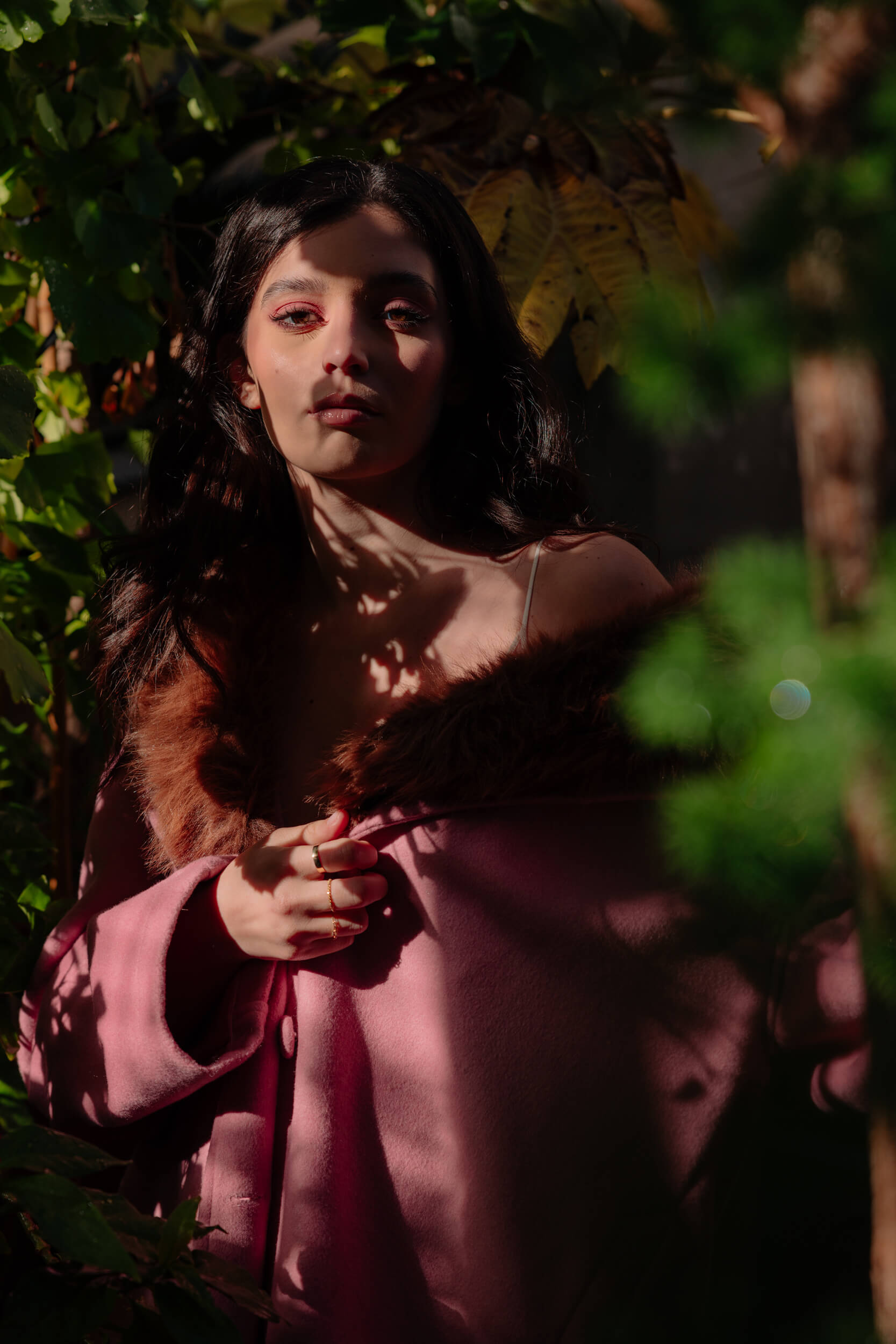
Both “Girasoli” and “The Good Mothers” seem to address important social themes. In particular, the premiere of “Girasoli” at the TFF coincided with the International Day for the Elimination of Violence against Women. What is the role of art and cinema, in your opinion, in conveying messages and raising awareness on social and current issues like this?
I think art has a fundamental role, and cinema in particular. Maybe someone watches a series, identifies with a character, and thinks, “So, I can also get out of this situation, become like this, there is hope for me too?”. The role of art is to send messages, give strength to people, make them dream.
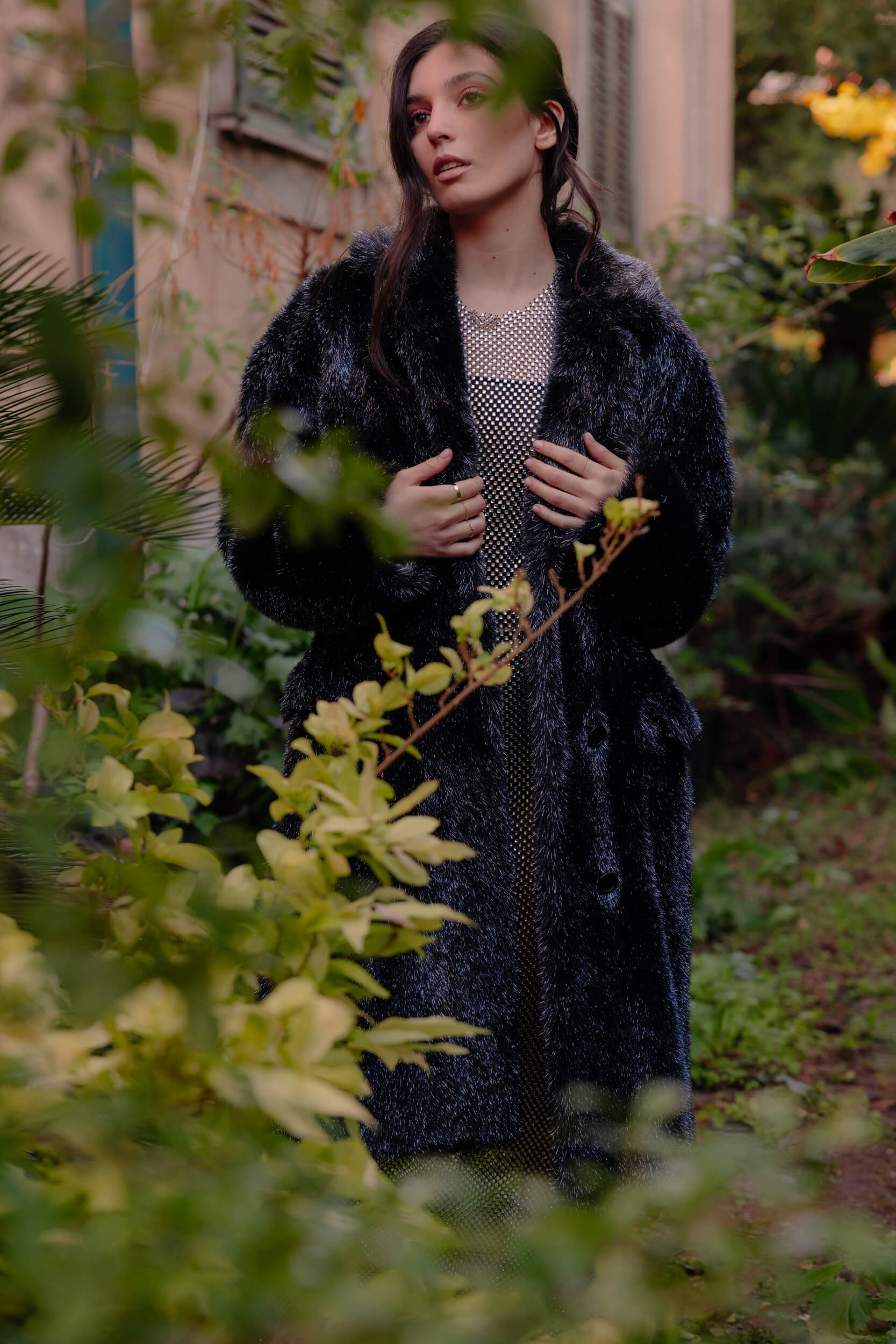
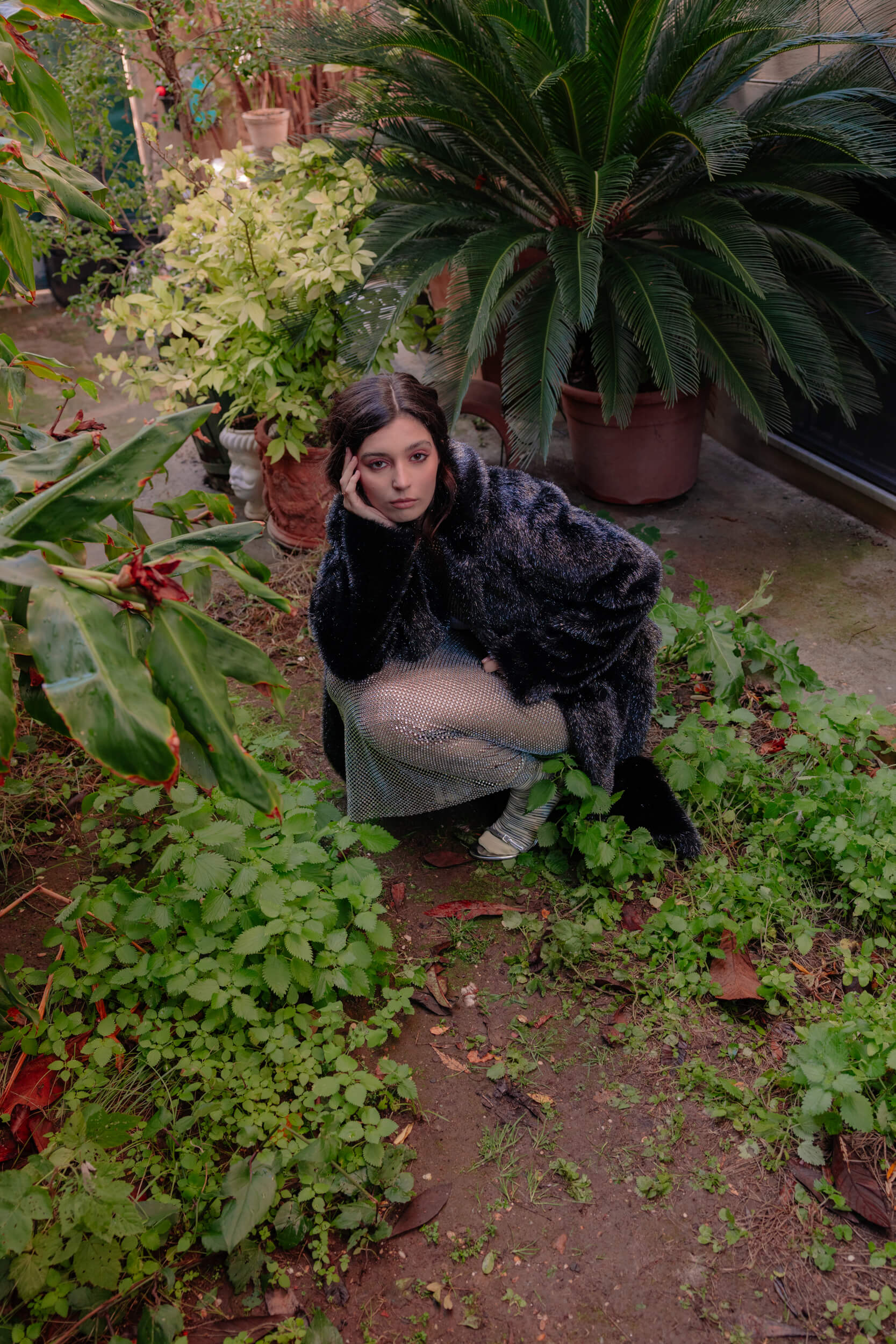
Looking to the future, are there other film genres or types of roles you would like to explore in the future? Do you already have specific projects in mind?
I think there are still many things I can do. I would like to do an action or thriller film, maybe even something a bit lighter, a comedy. I would like to try to interface with a non-dramatic story and challenge myself to see how I can be in a different context.
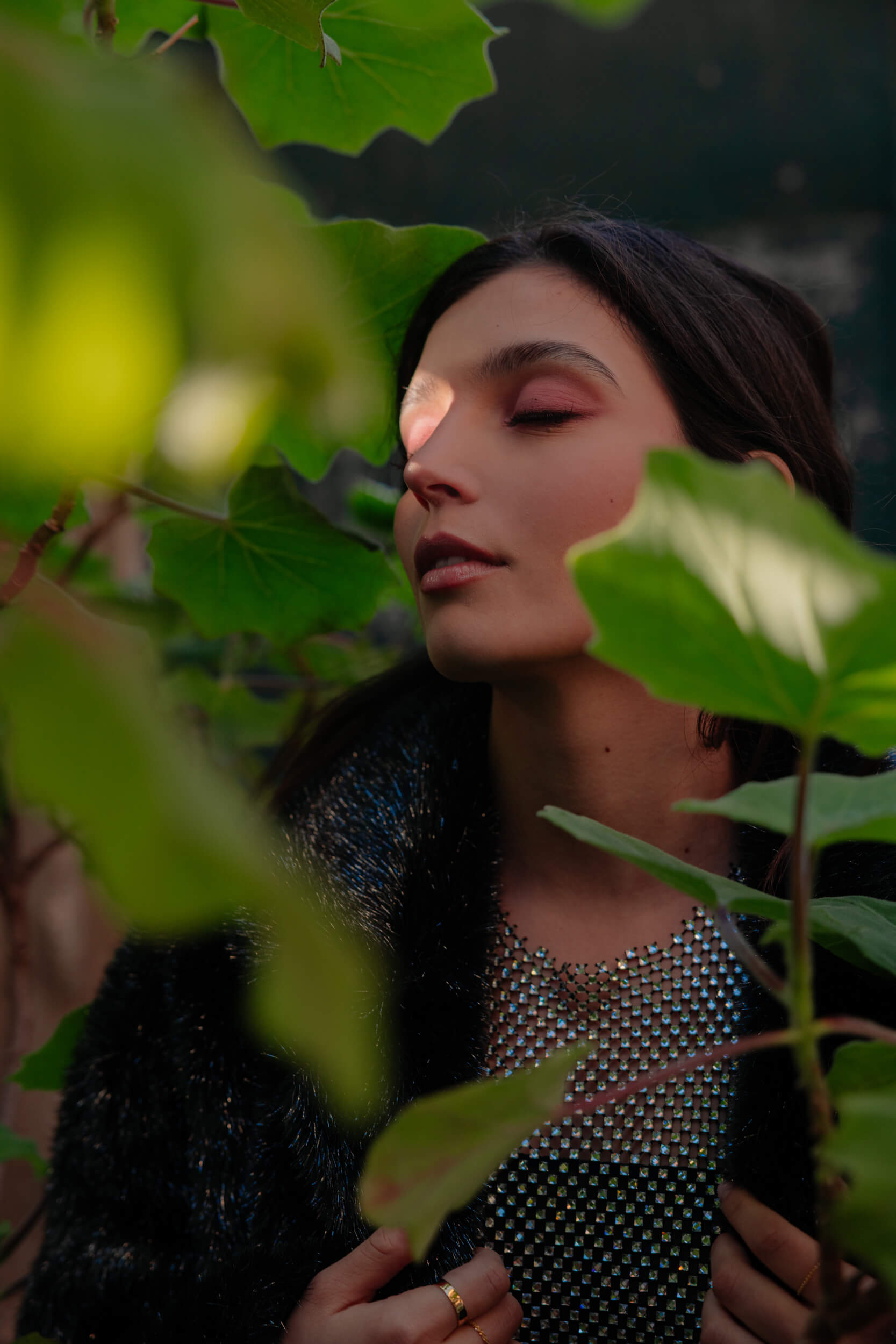
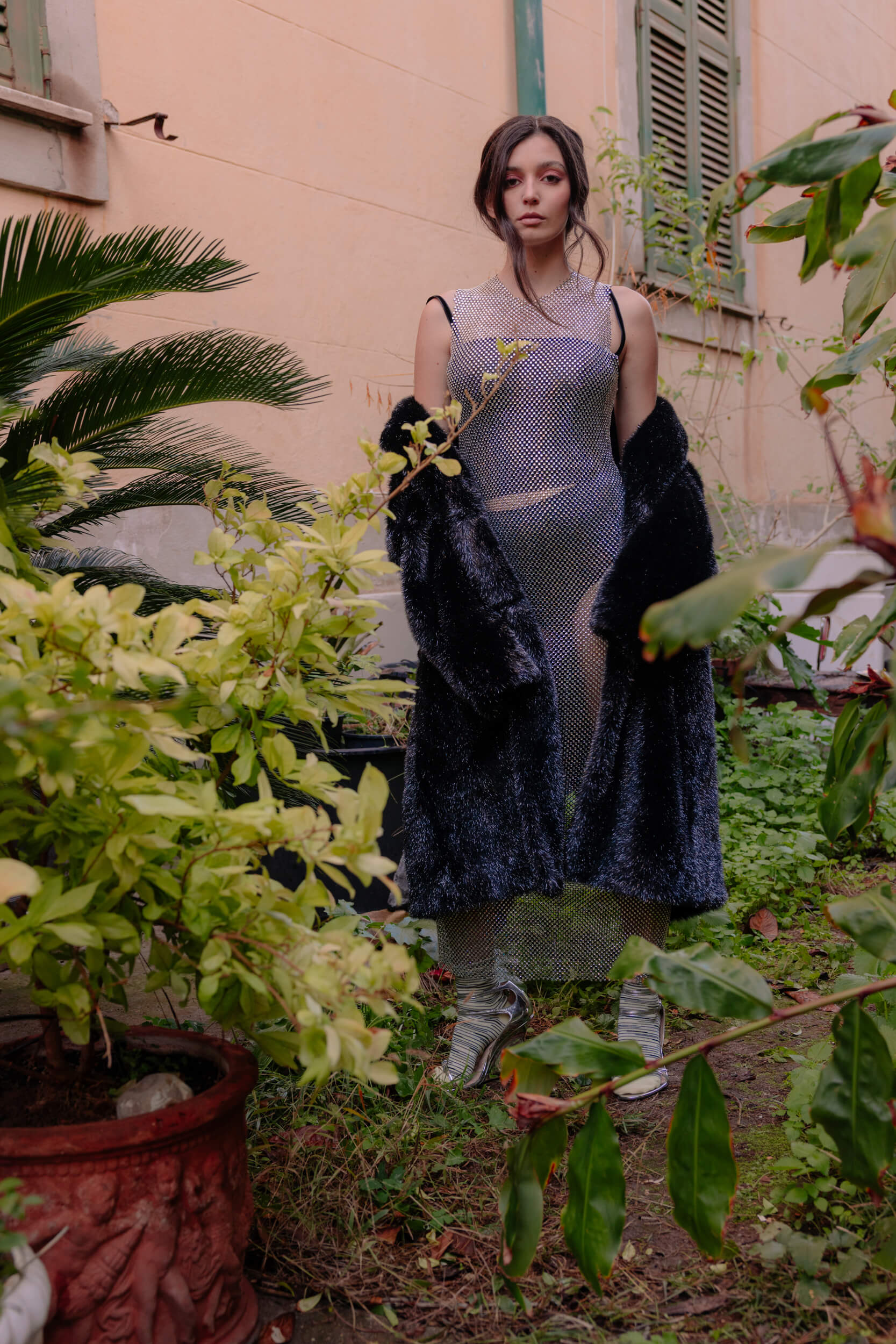
I imagine that you actors, through your work, have the opportunity to explore yourselves deeply, to get to know yourselves a little better with each project you work on. What was the last thing you learned about yourself through your work?
I would say it’s a daily learning. I discovered that, digging deep, I can be anything I want, just find the courage to bring it out. By playing characters, you discover that there are many parts of yourself that you can bring out, that you can be whoever you want. I love cinema for this too because it allows me to live a thousand lives and be everything I want.
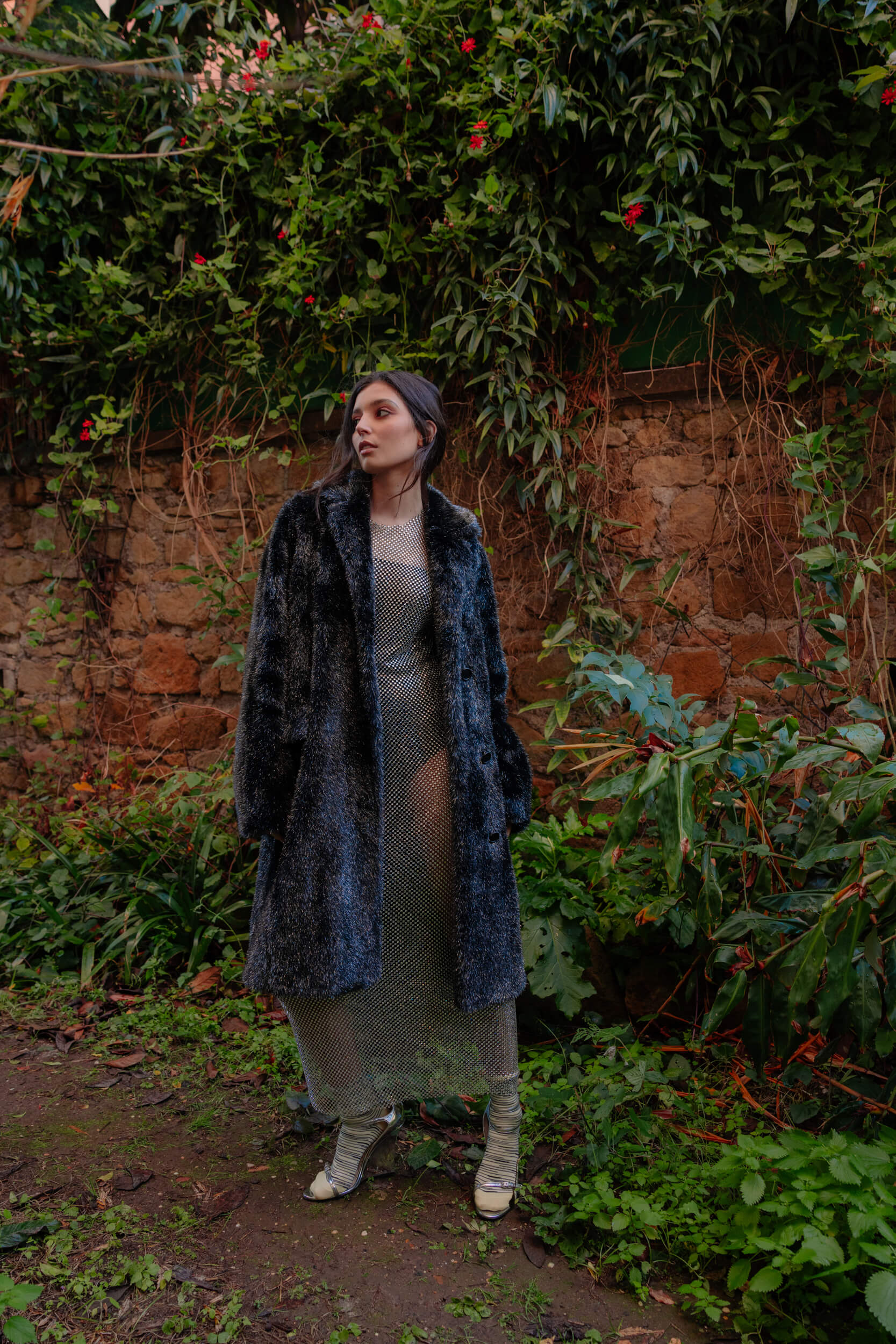
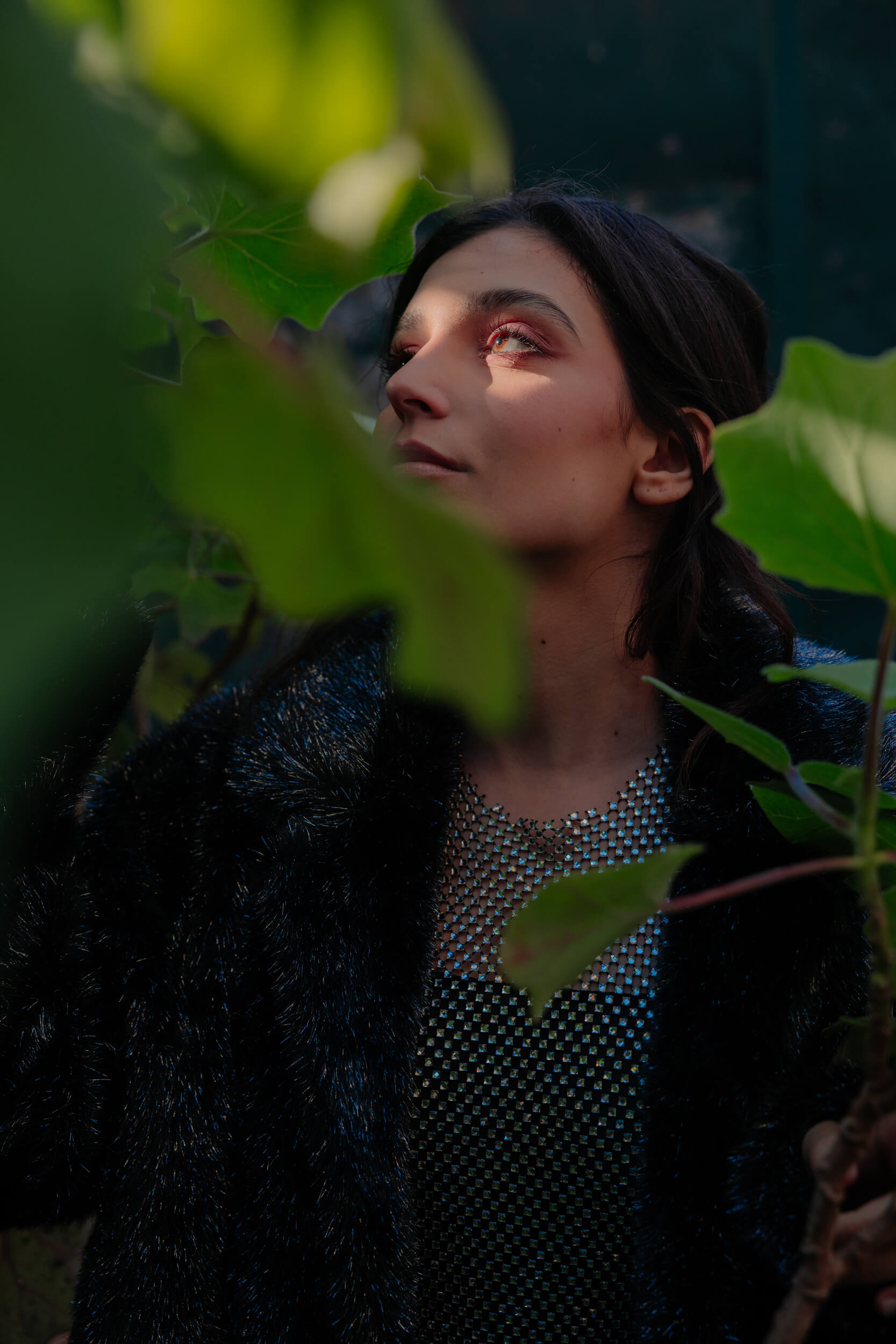
“I discovered that, digging deep, I can be anything I want”
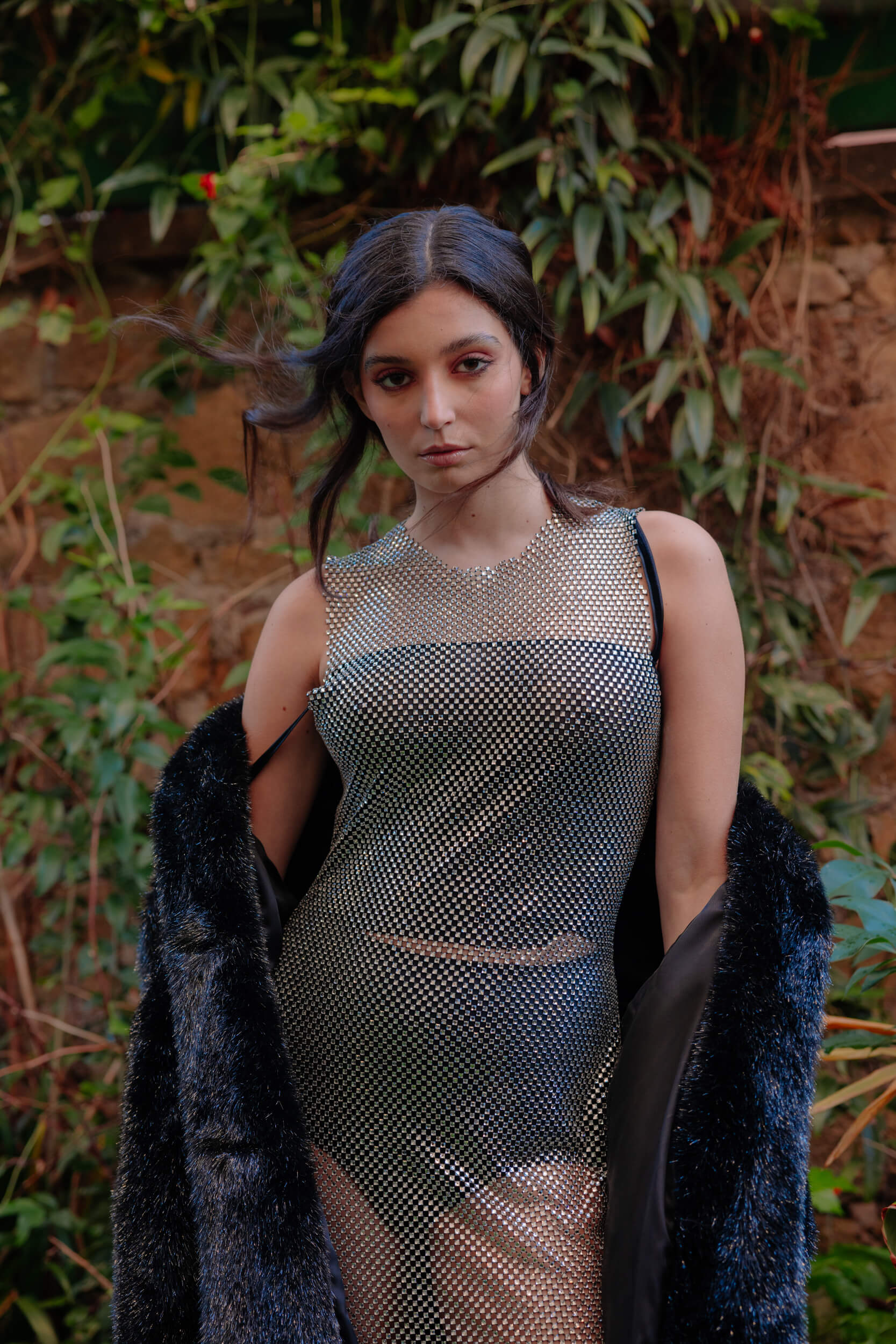
What makes you feel most secure? And what, instead, makes you feel most self-confident?
One of the places where I feel most secure is definitely on the set.
There, I feel different, at ease, in the right place. I feel confident in myself only a few times, actually. Slowly, this thing is improving and will improve, but I often need advice from others because many times I don’t know what the right thing to do is. However, I am very confident in myself when I can be aware of having values and can demonstrate it, that is when I think something is not right. I am more unsure about everyday things and need more approval. While when it comes to really important things, I don’t need confirmations or opinions because if I believe that something is not right or is, I believe it wholeheartedly.
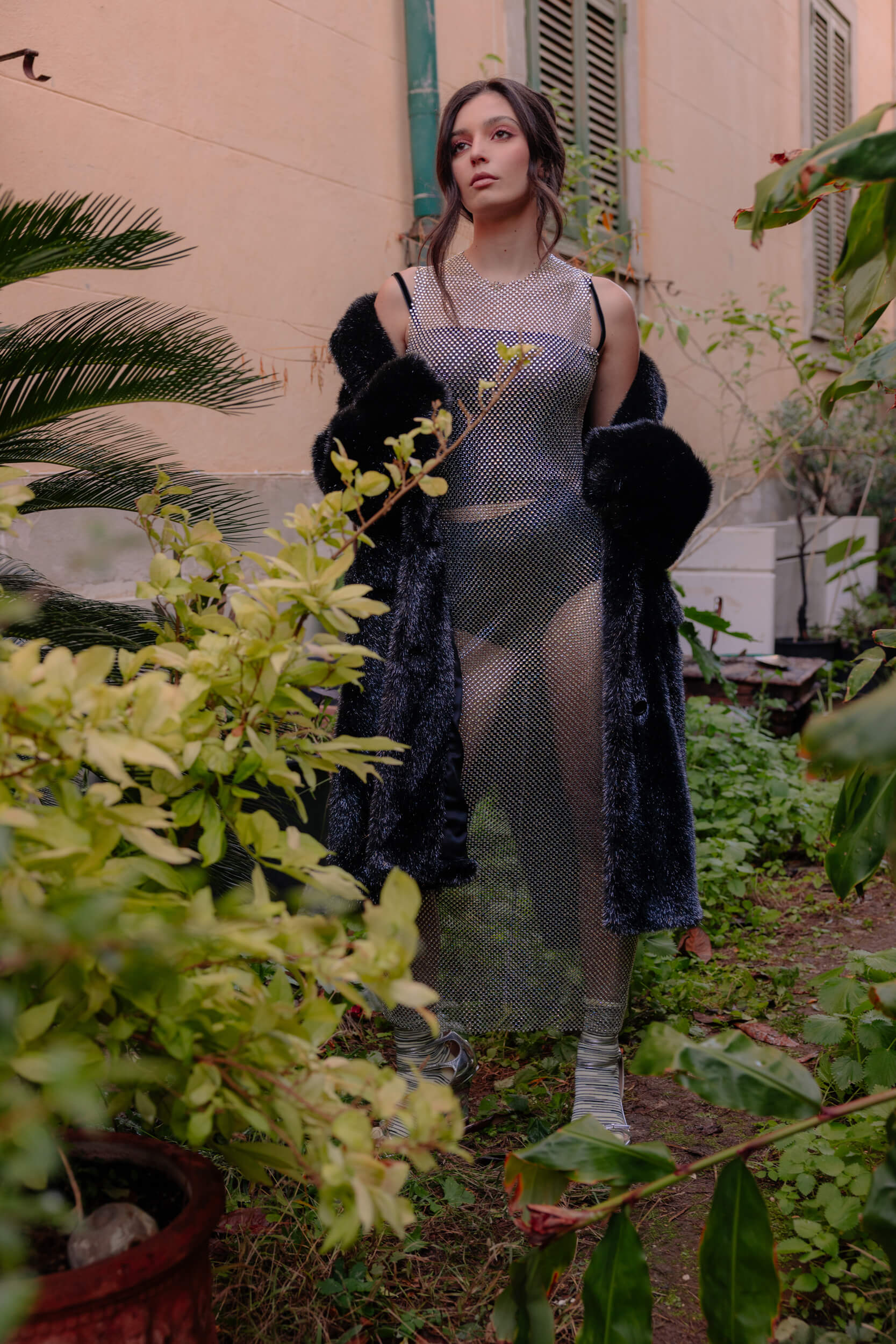
I think it is much more important to be confident in oneself in these contexts than in everyday things…
Instead, an epic fail on set?
On the set of “My Brilliant Friend” I once fell and did a somersault, knocking down ice creams on the ground. Everyone bent over laughing [laughs].
Your must-have on the set?
I don’t have a lucky charm yet, but I certainly always have the script and all my notes with me.
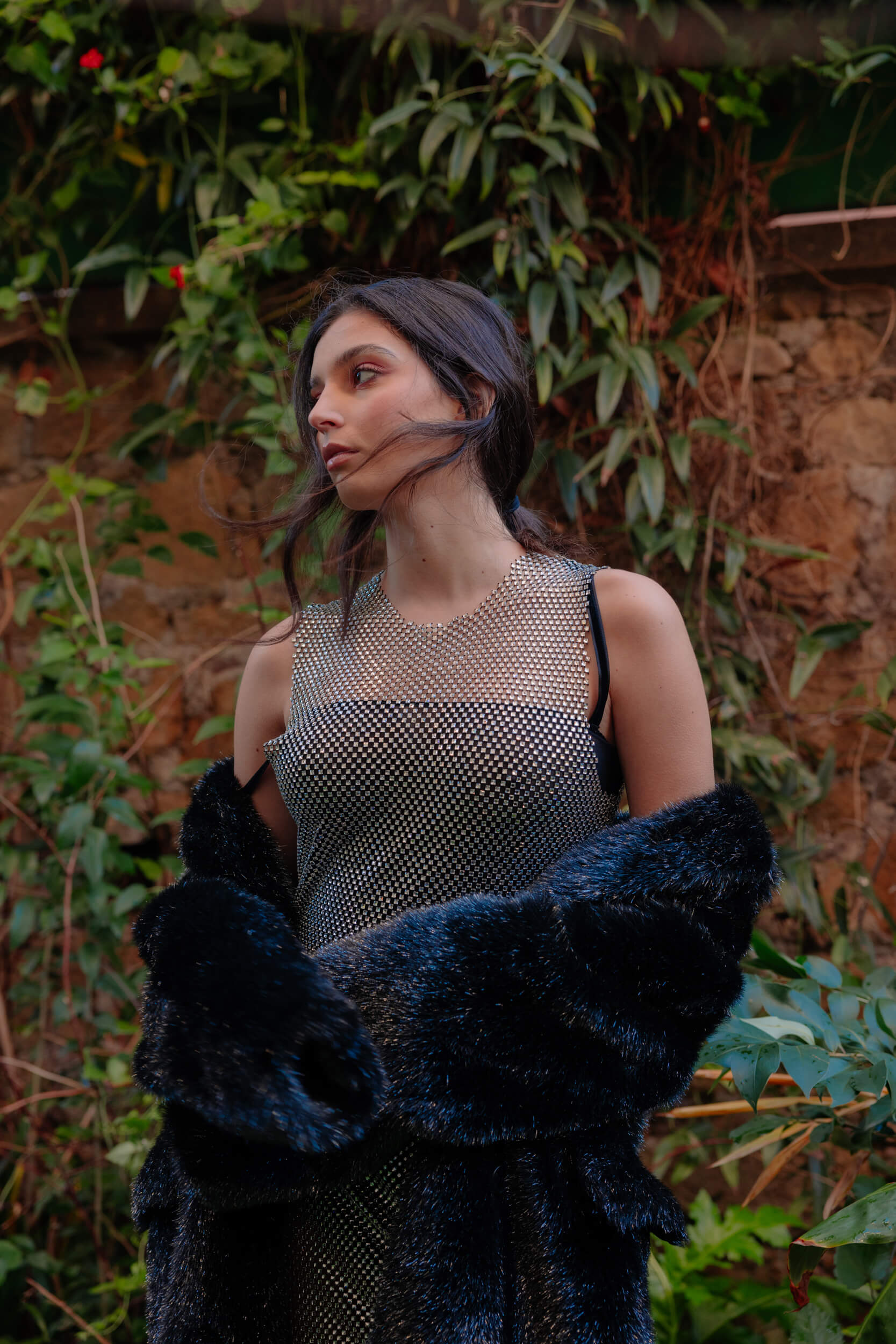
Your biggest act of rebellion?
There have been quite a few… Perhaps the most significant was realizing who I am. The phrase that sums it up, the motto is: “Despite everything, I go on”.
Your biggest fear?
Not reaching my goals, not being able to achieve everything I have set for myself, in which I believe.
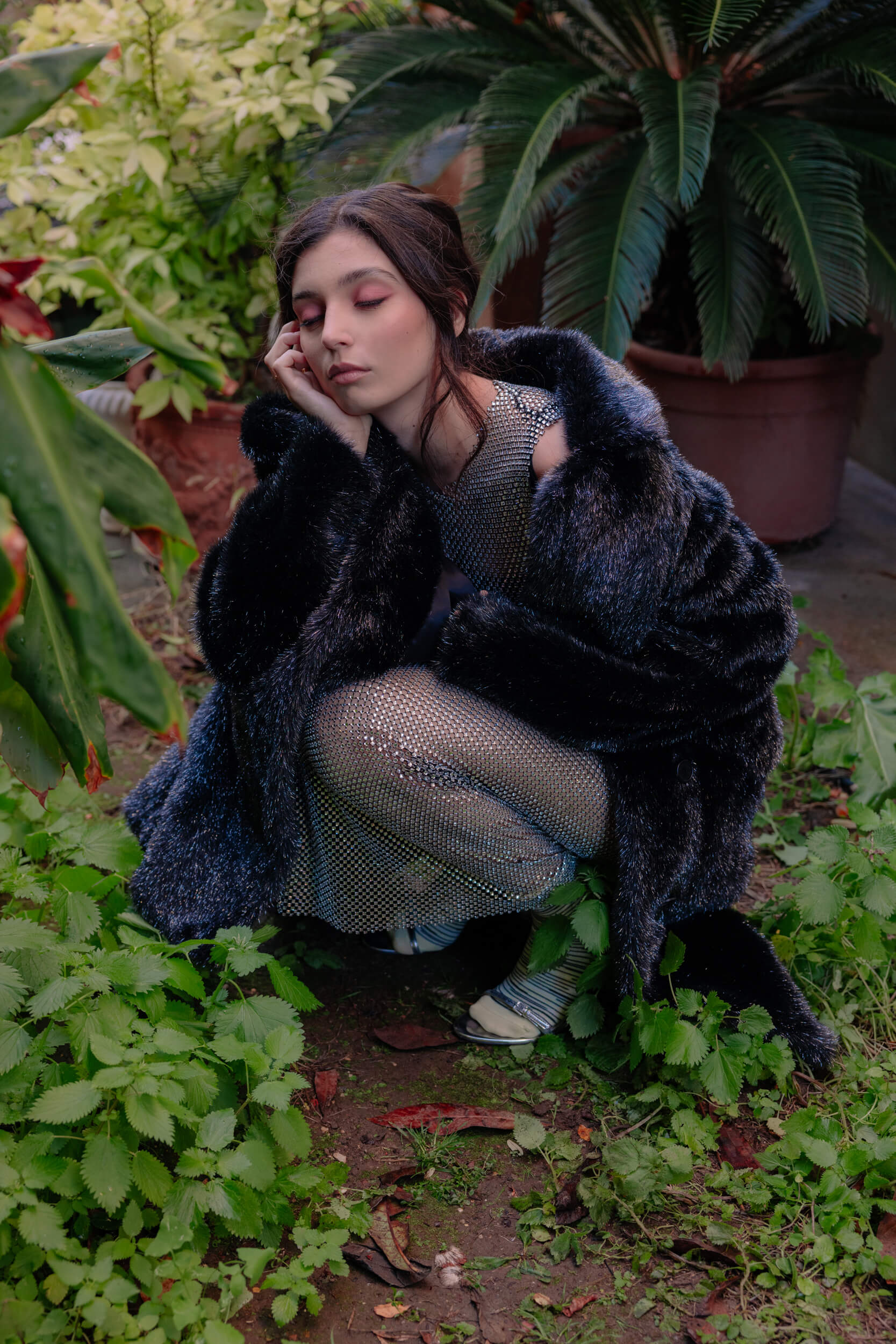
“Despite everything, I go on.”
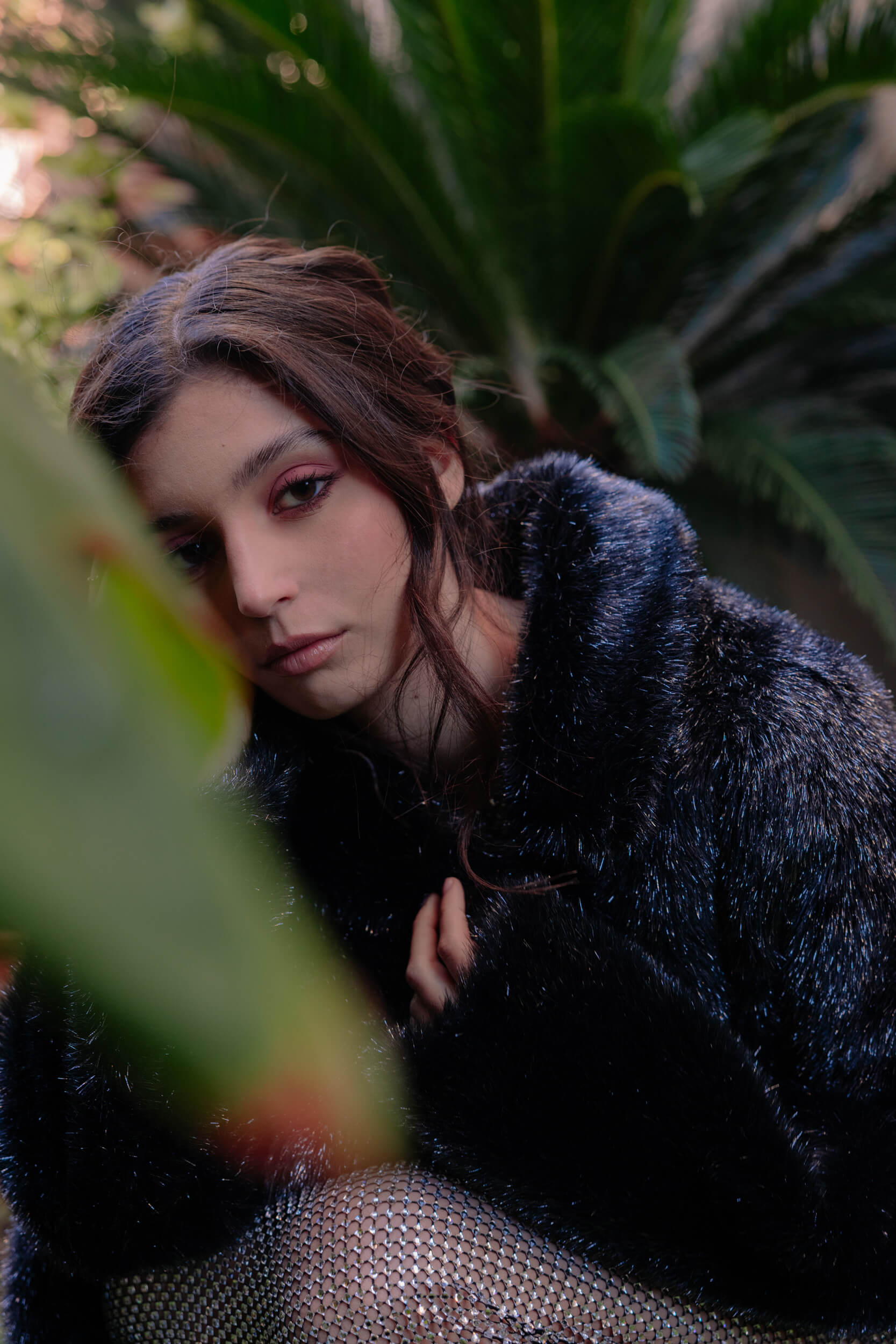
What does it mean for you to feel comfortable in your own skin?
It means feeling good in your body with awareness, being happy with who you are, not letting negative comments affect you. It’s an awareness that comes or doesn’t come because then everyone has their torments in life; fortunately, I feel very good, and it’s a nice feeling to feel good about yourself, one less limitation.
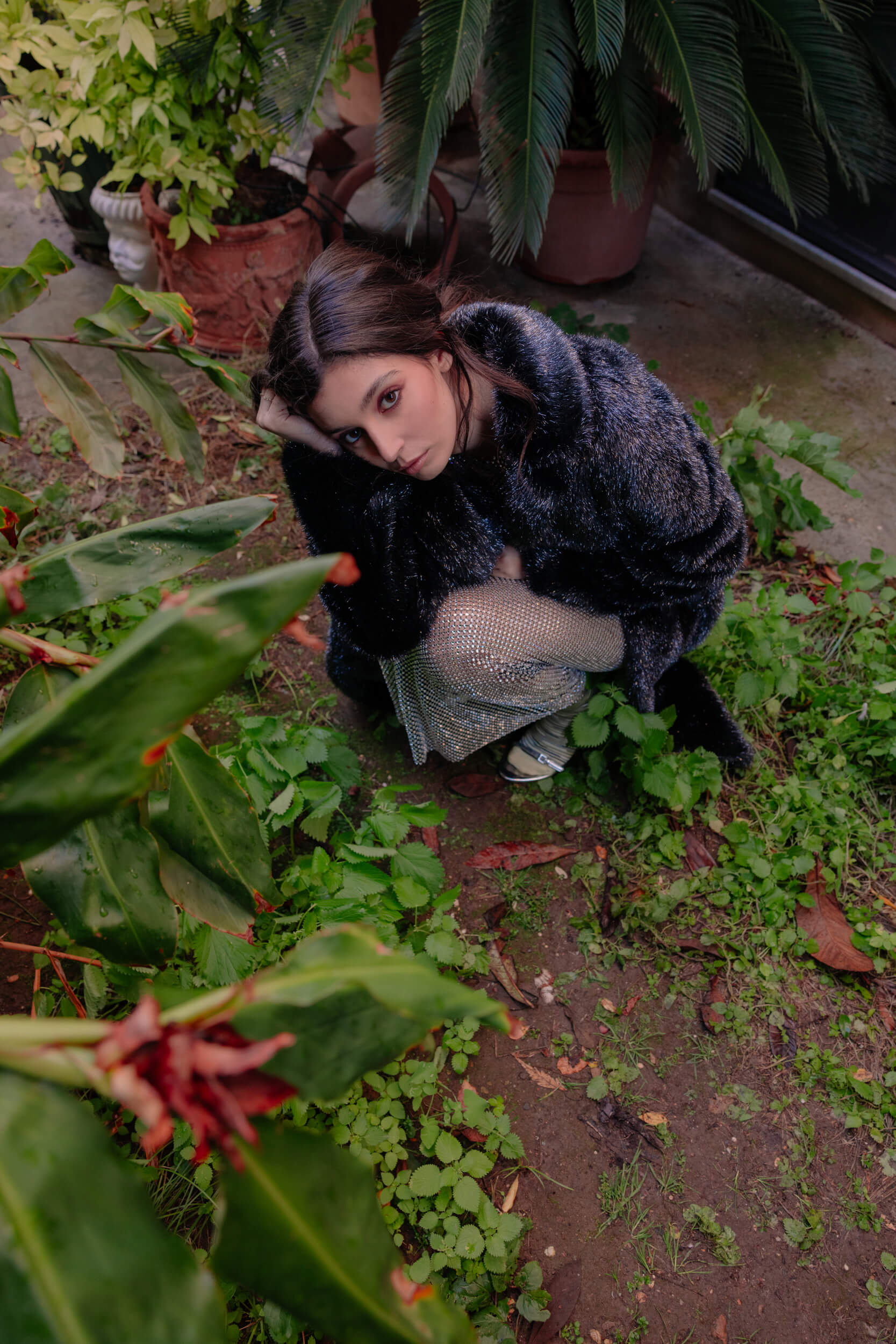
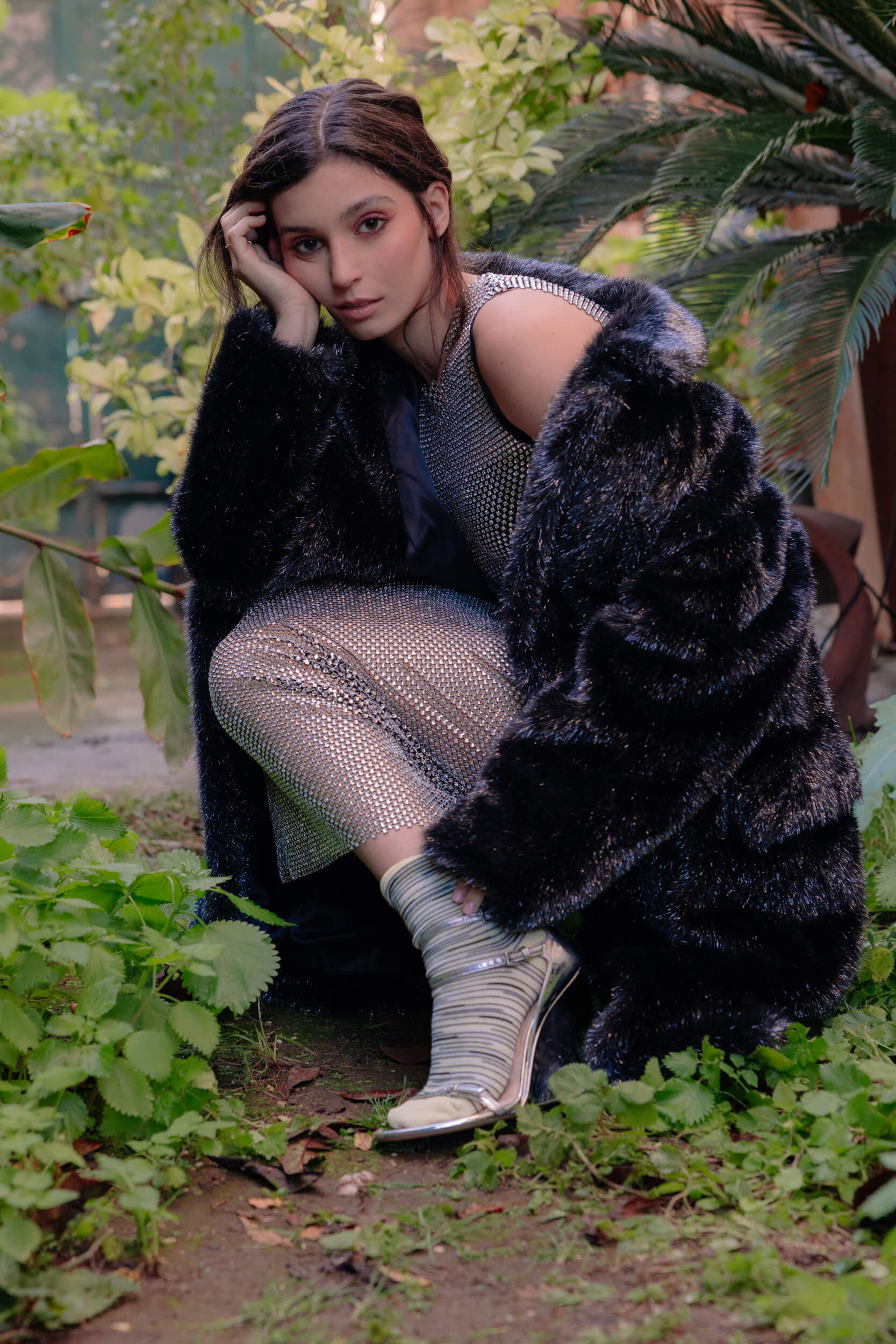
The last thing or person that made you smile?
You, because I was pleased when you told me that you liked “Girasoli”!
And I’m glad I’ve made you smile!
What is your happy place?
It is where I feel good, with the people who make me feel good. I don’t have a place that has a particular meaning for me because I am someone who adapts everywhere. So, my happy place is only the people I feel good with.
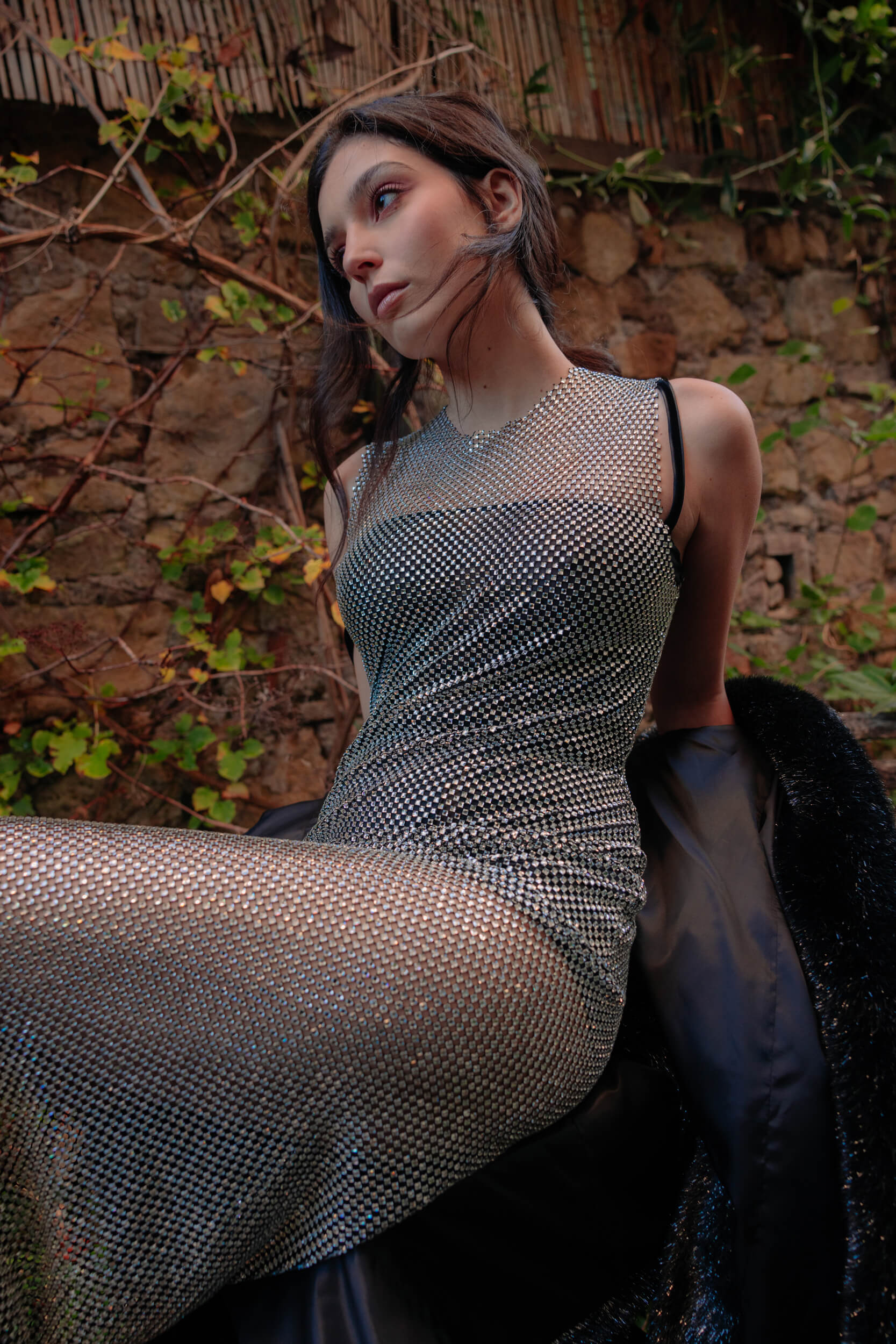
Photos by Johnny Carrano.
Makeup and Hair by Micaela Ingrassia.
Thanks to Cristiana Zoni – CZ 24 Comunicazione.
Thanks to Anna Lo Presti.
LOOK 1
Look: Vivetta
Shoes: Ovyé
Bag: Halíte Jewels
LOOK 2
Coat: Weili Zheng
Dress: Missoni
Shoes: Philosophy di Lorenzo Serafini
Socks: Missoni
LOOK 3
Coat: Philosophy di Lorenzo Serafini
Dress: Philosophy di Lorenzo Serafini
Shoes: Missoni
Socks: Missoni
Jewels: LIL Milan and Voodoo Jewels

